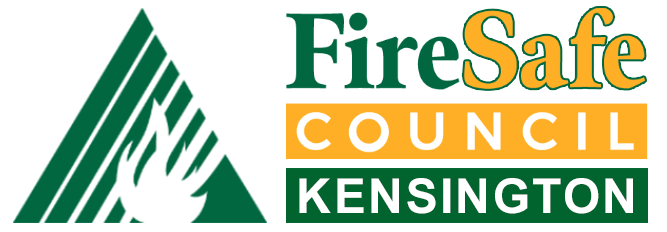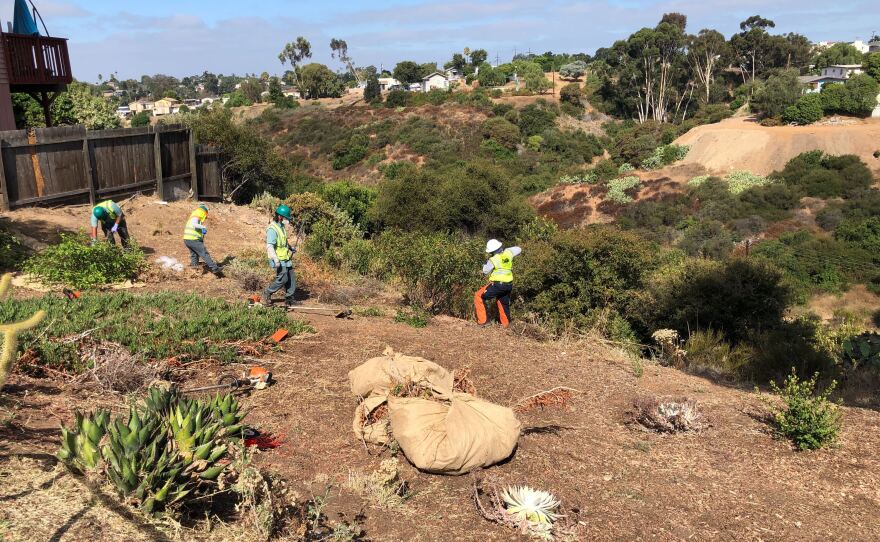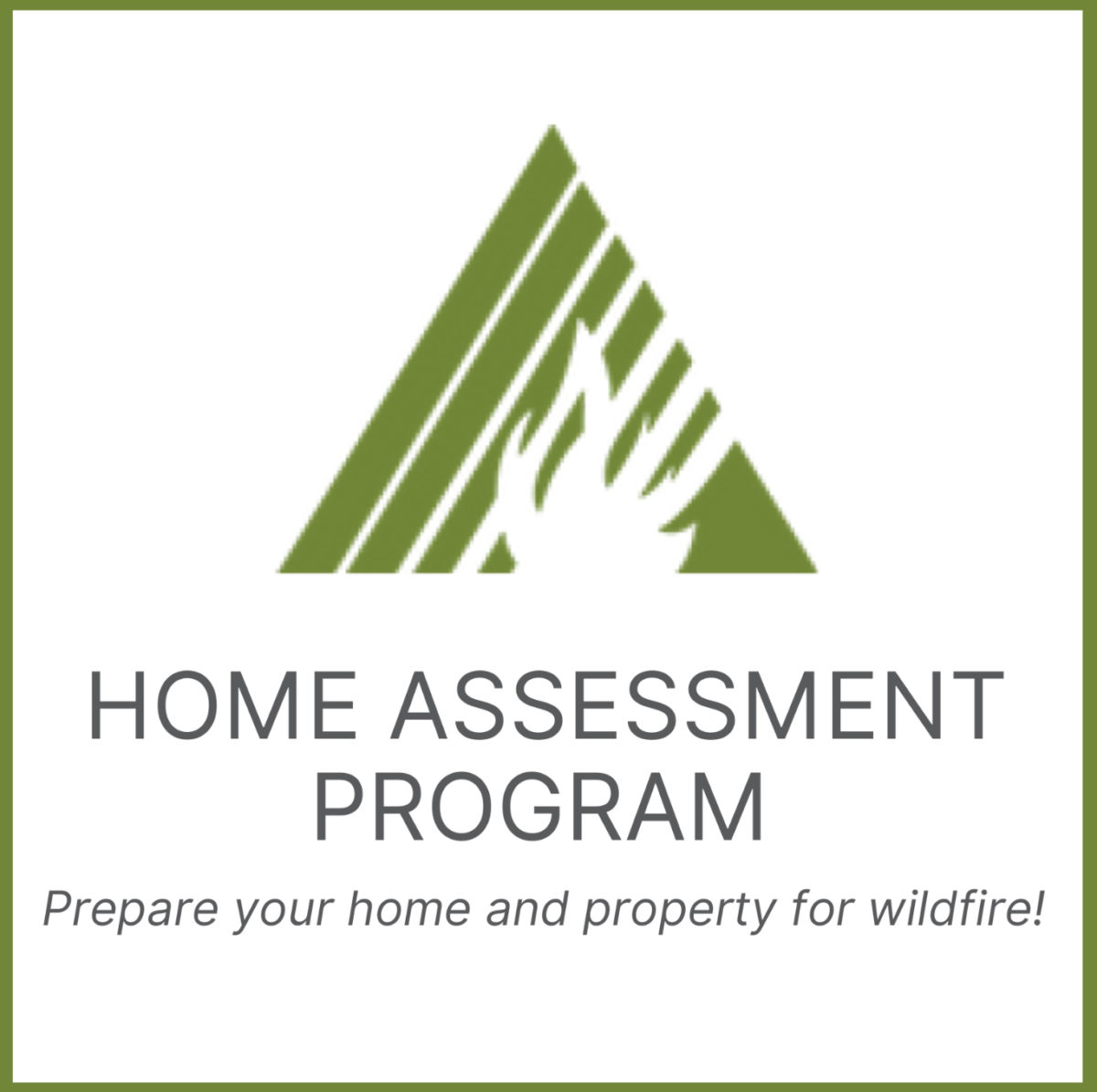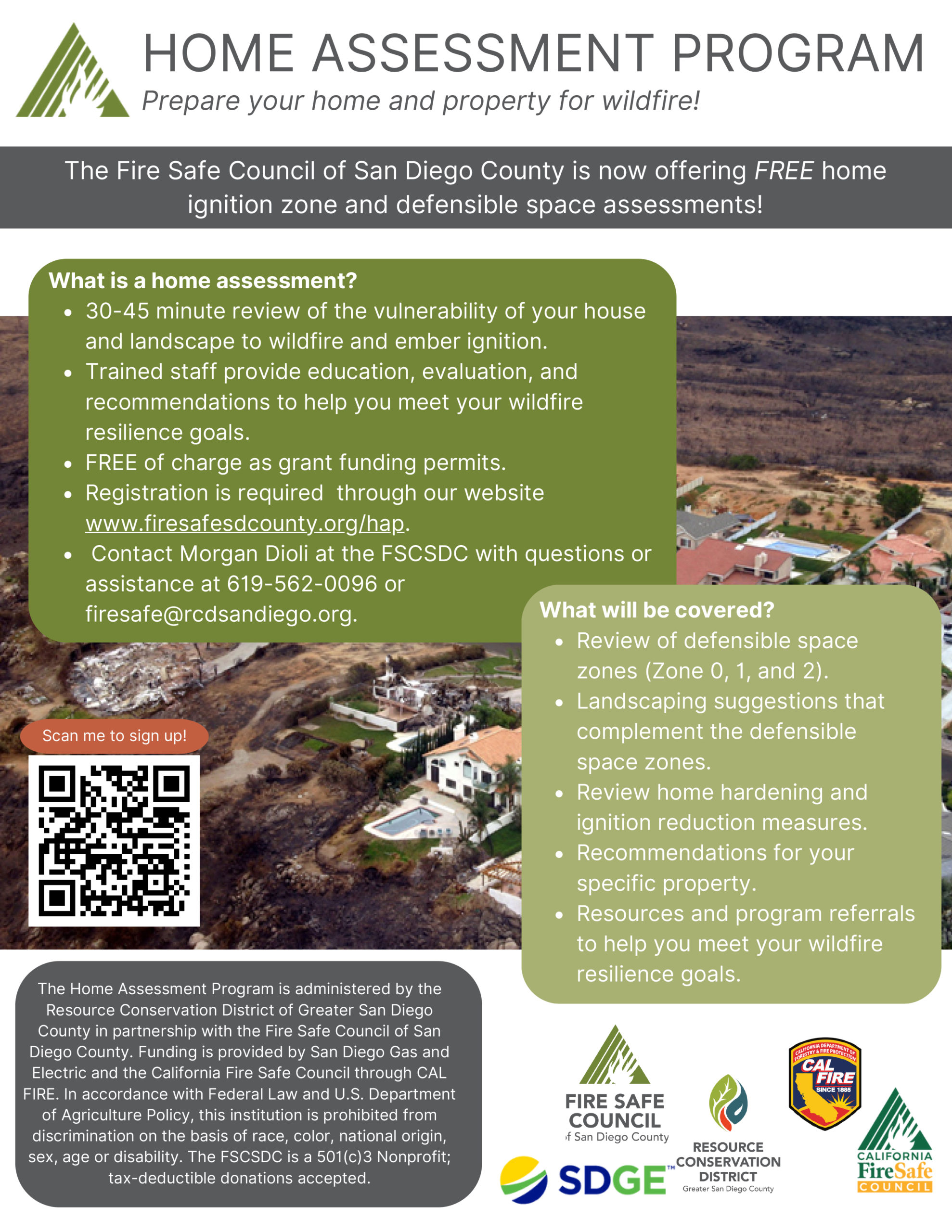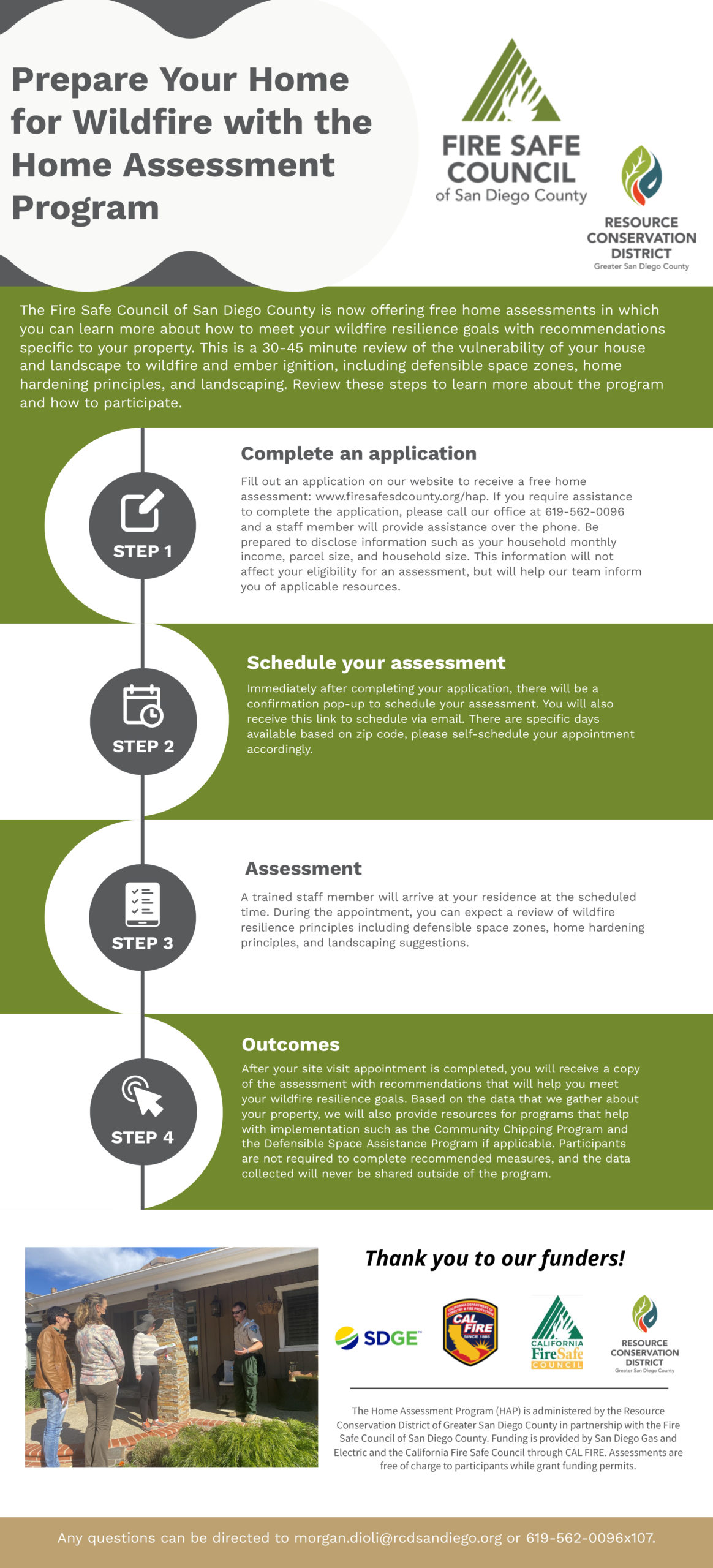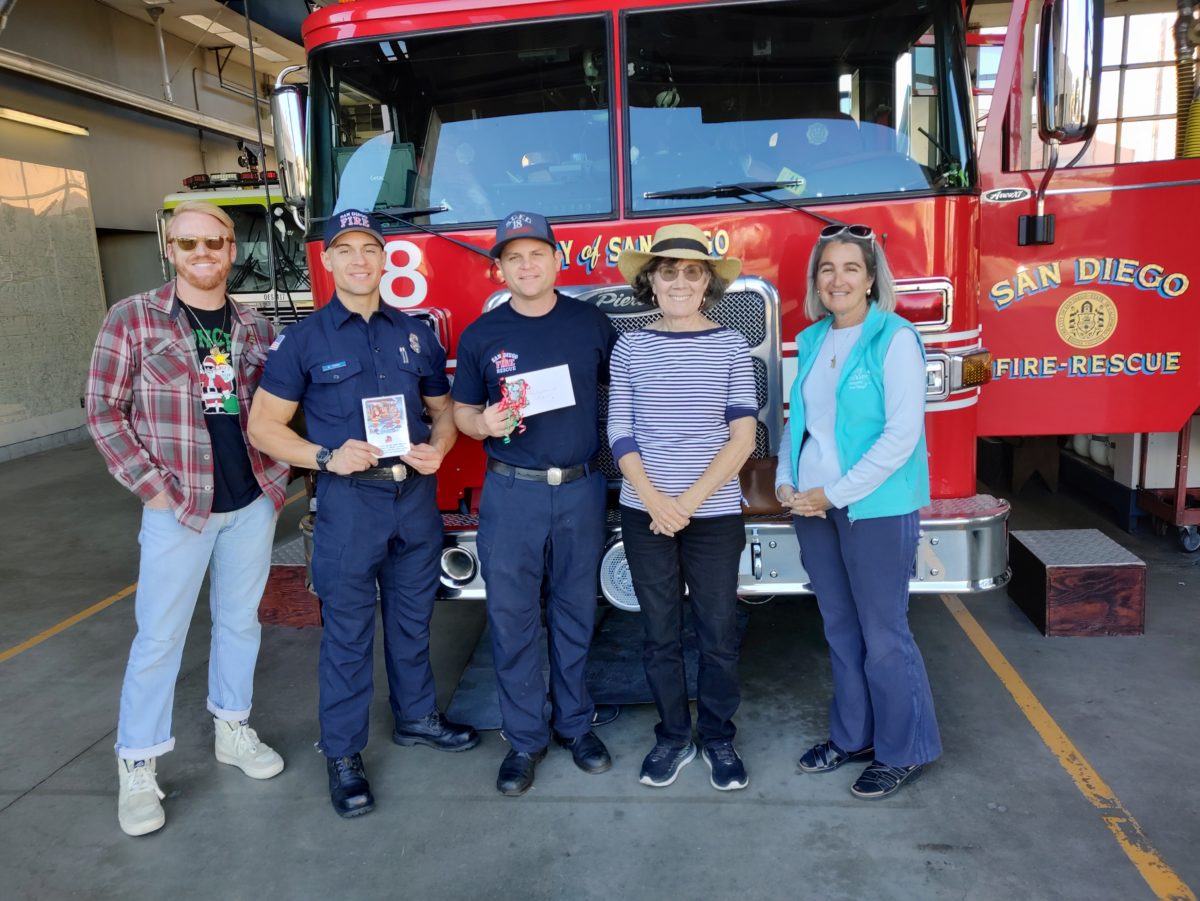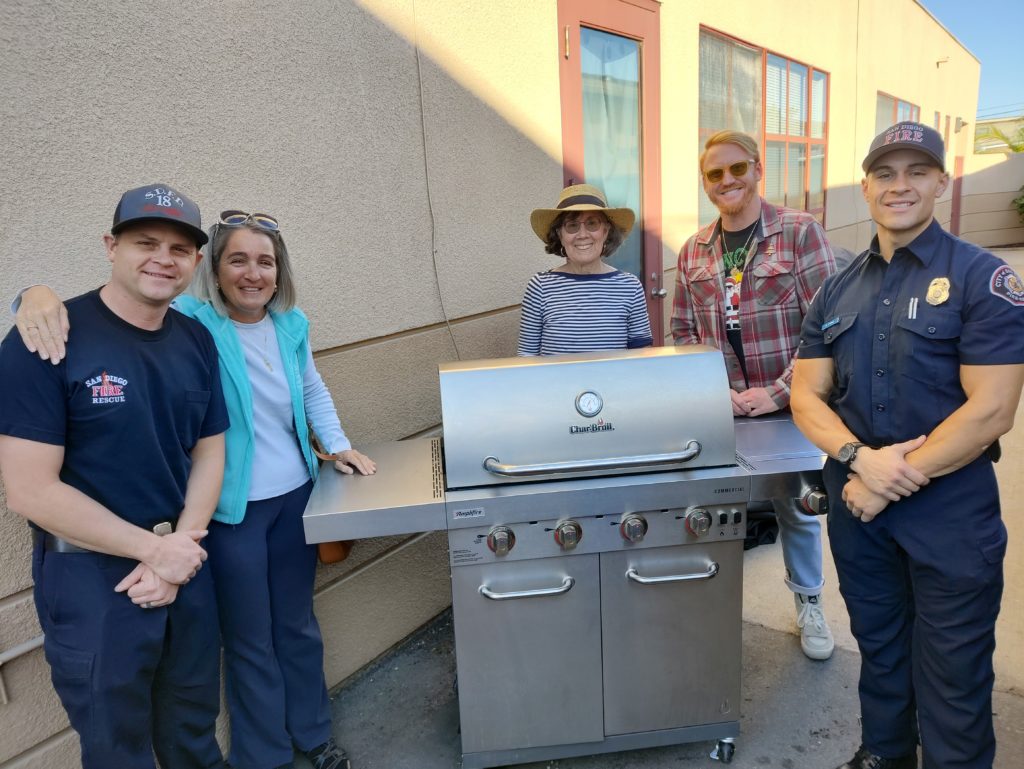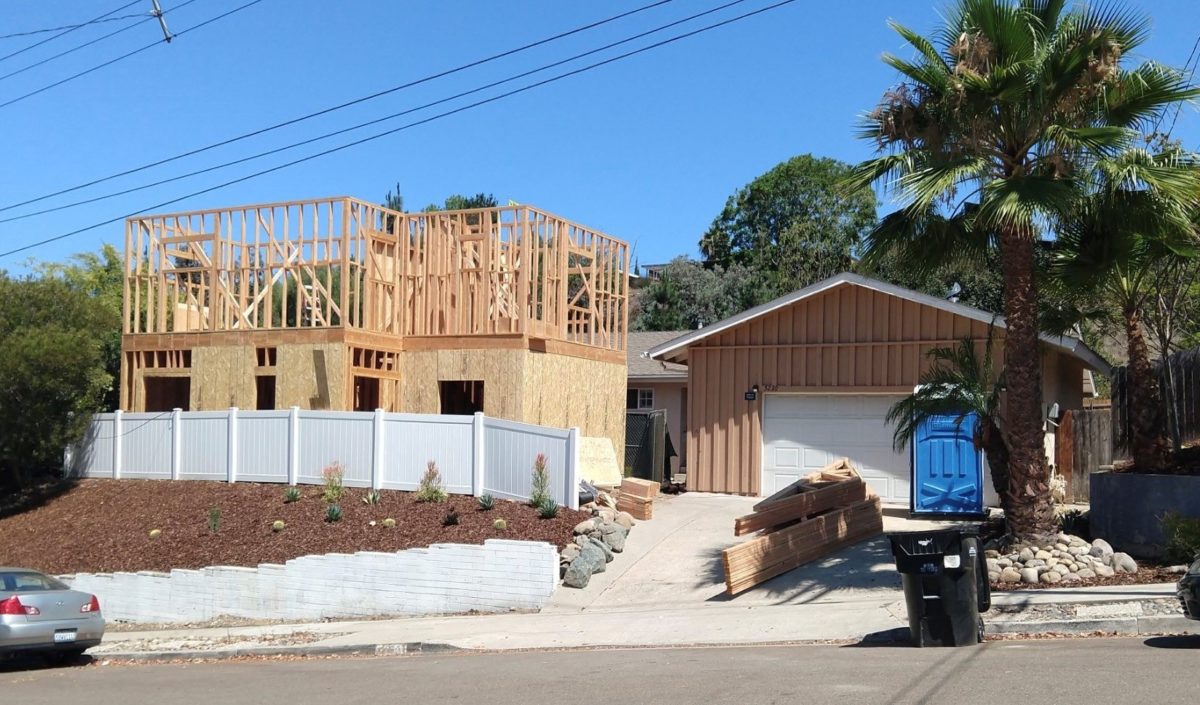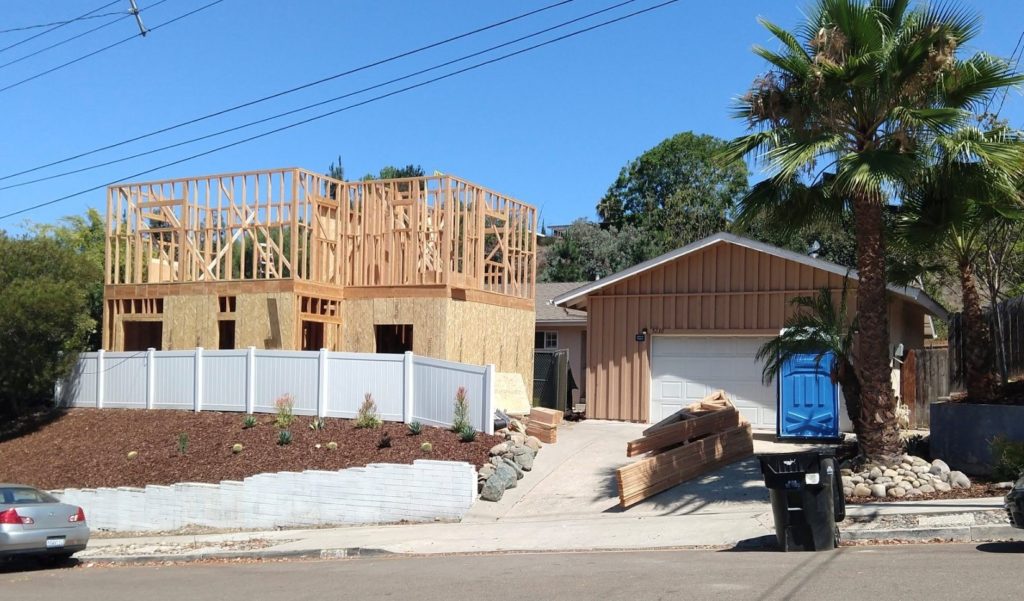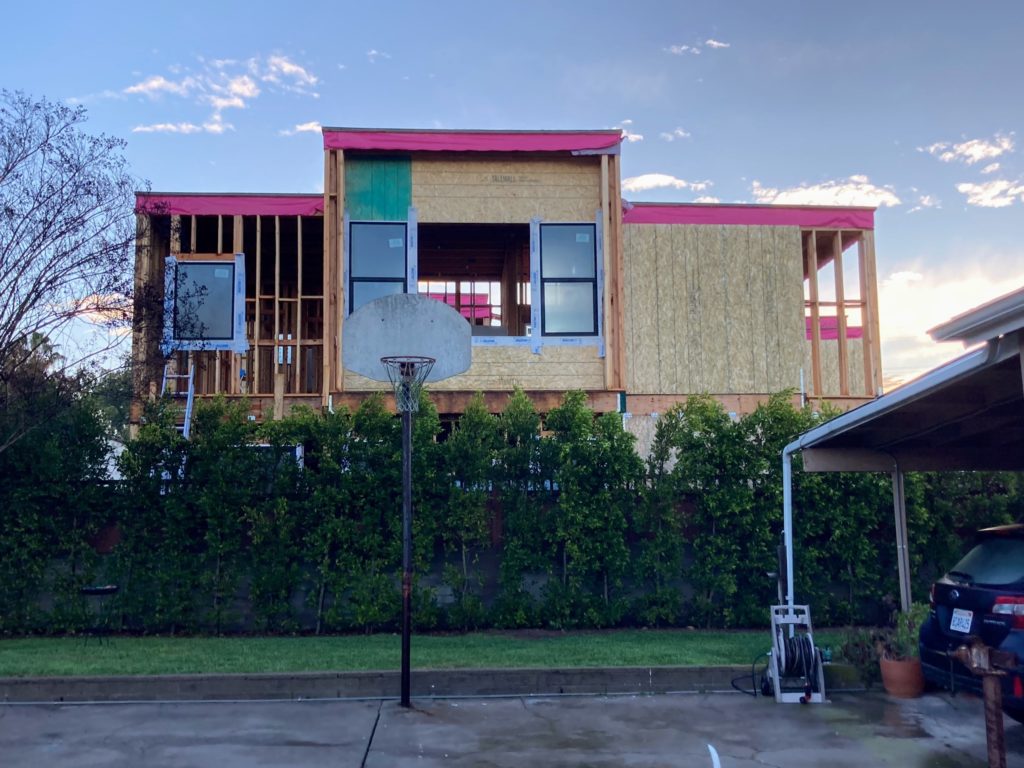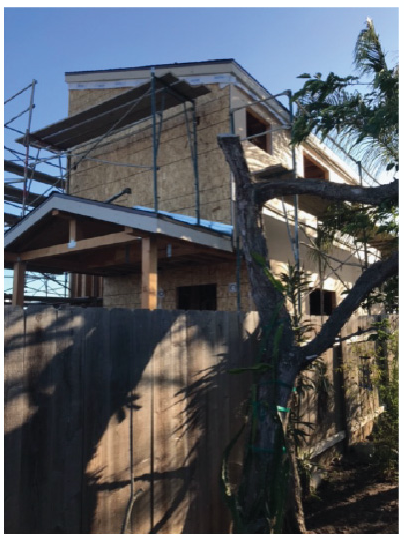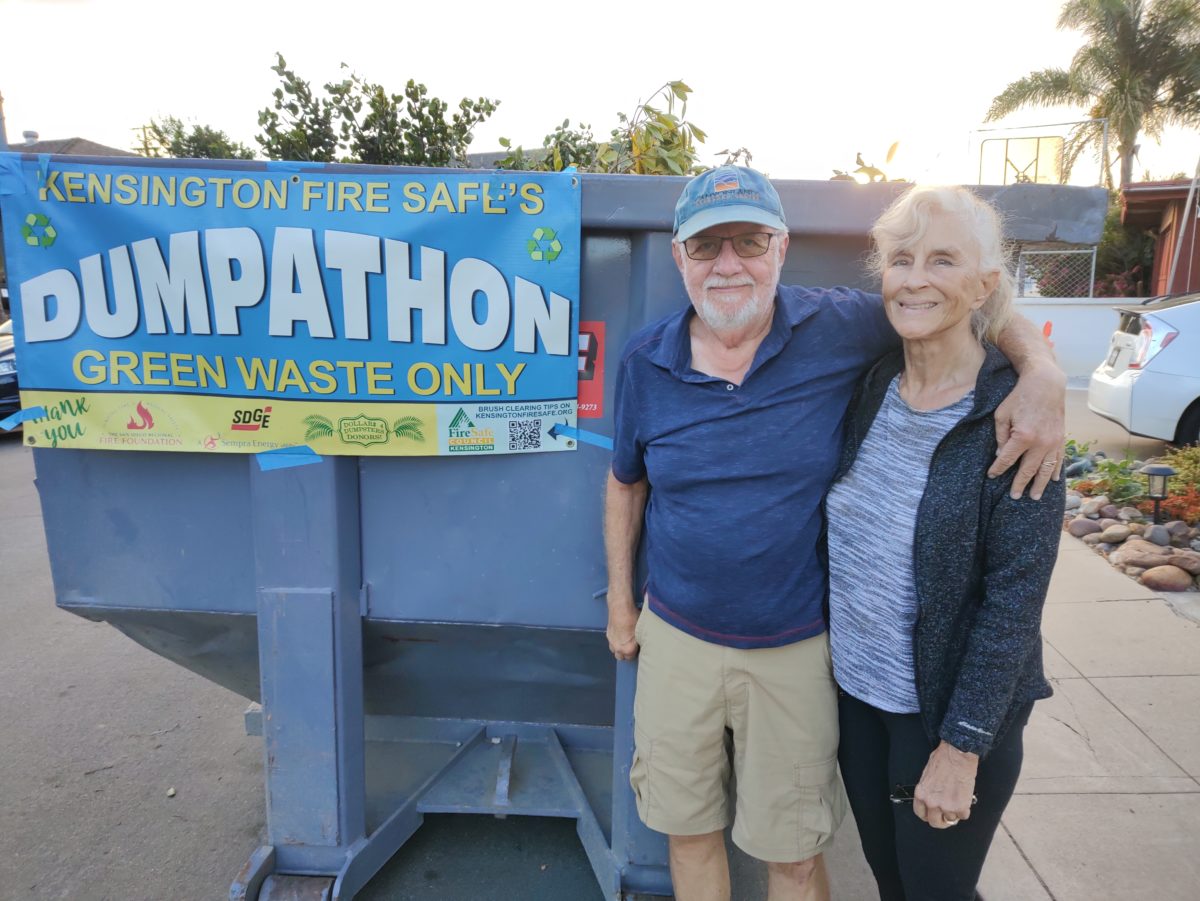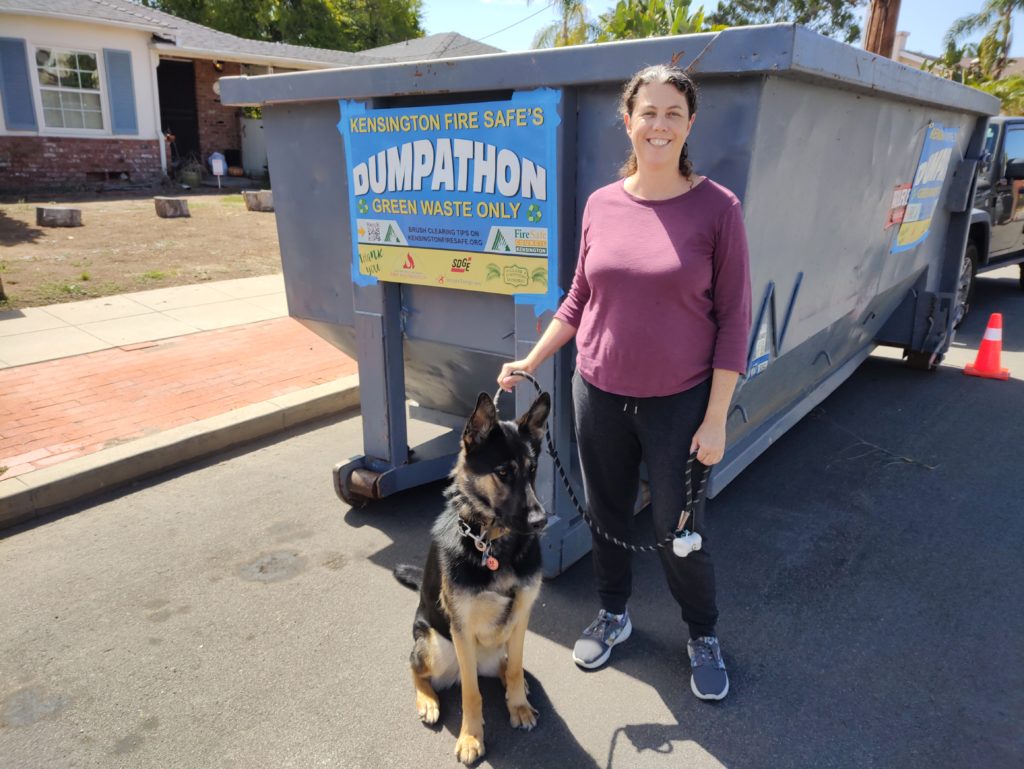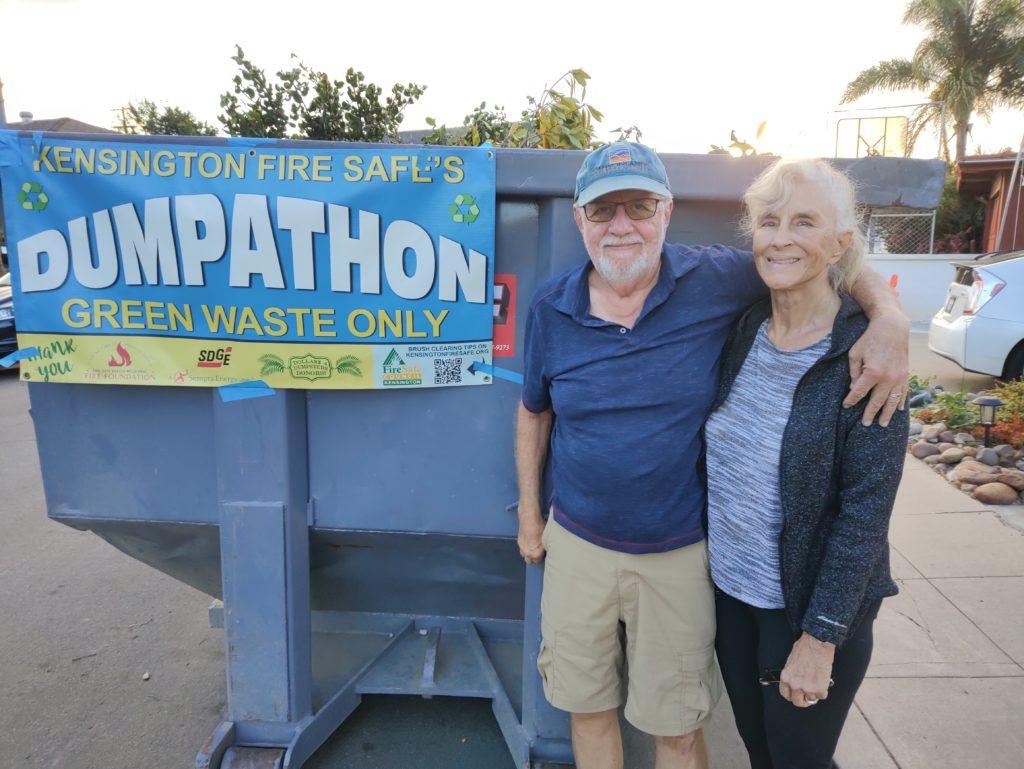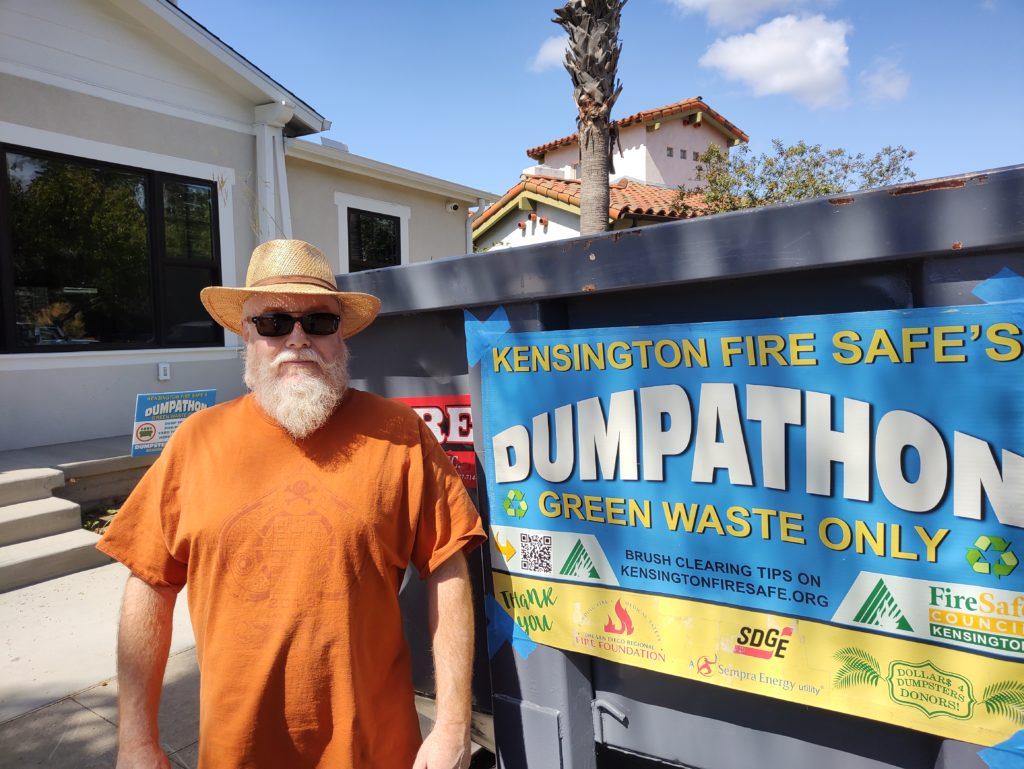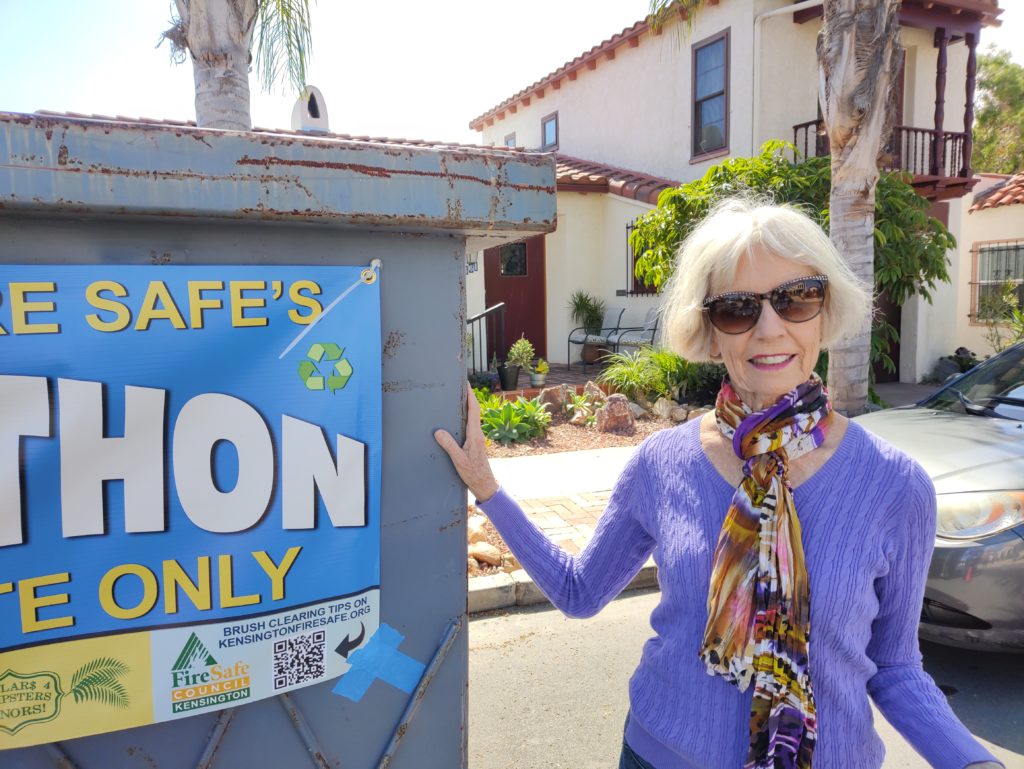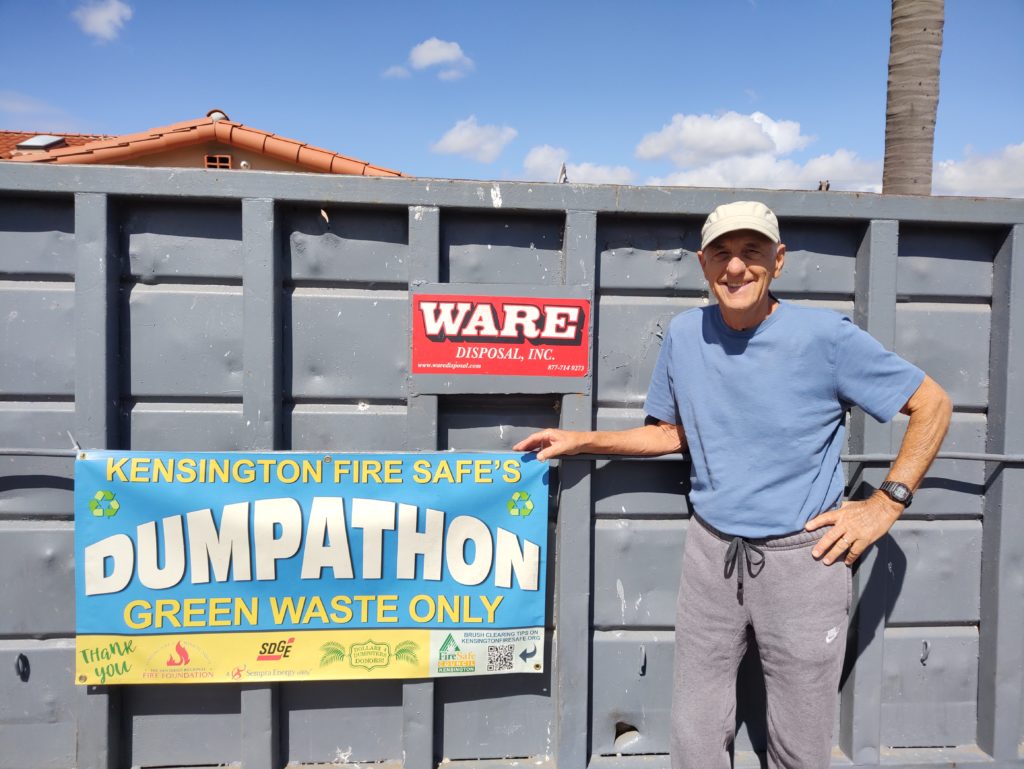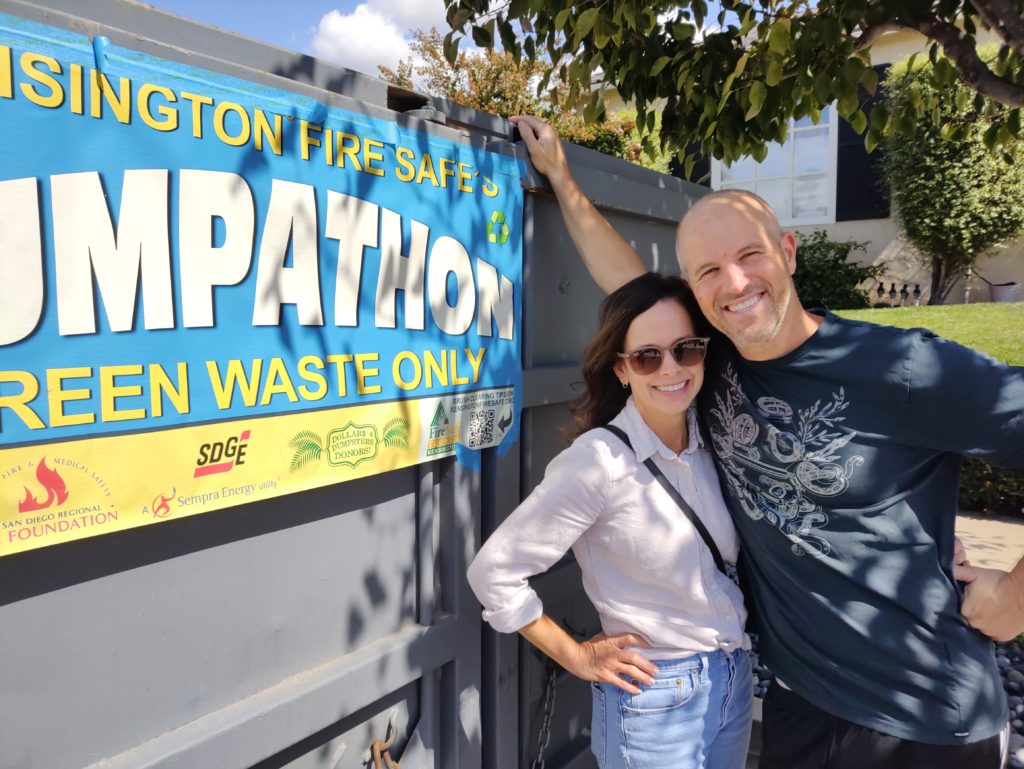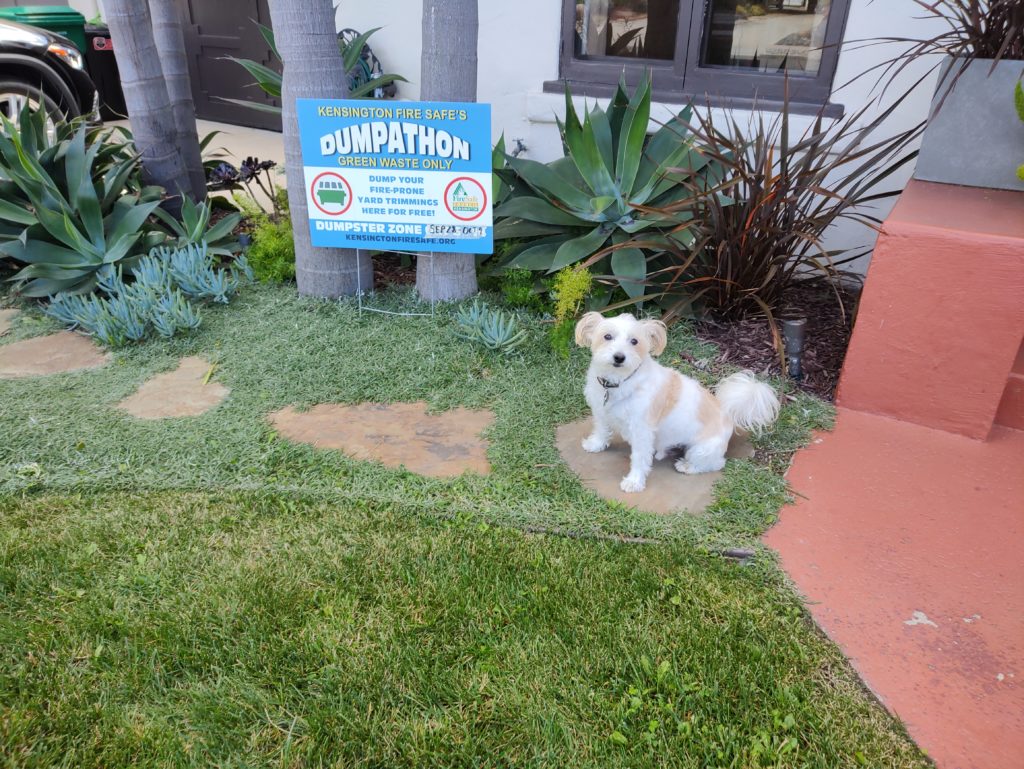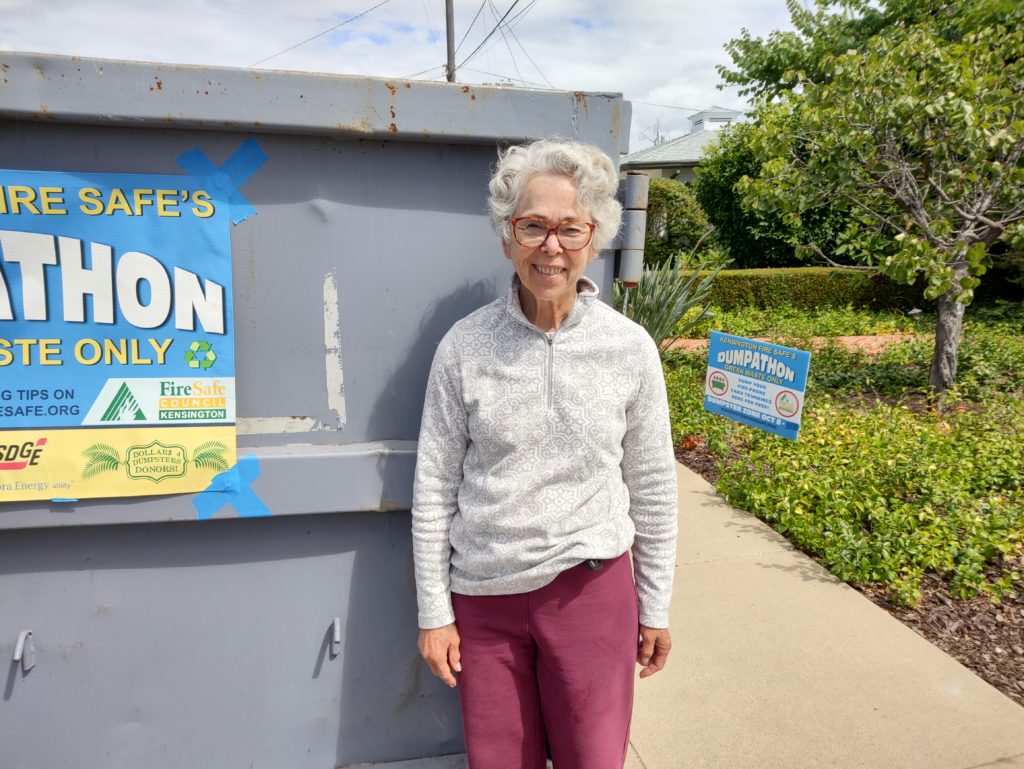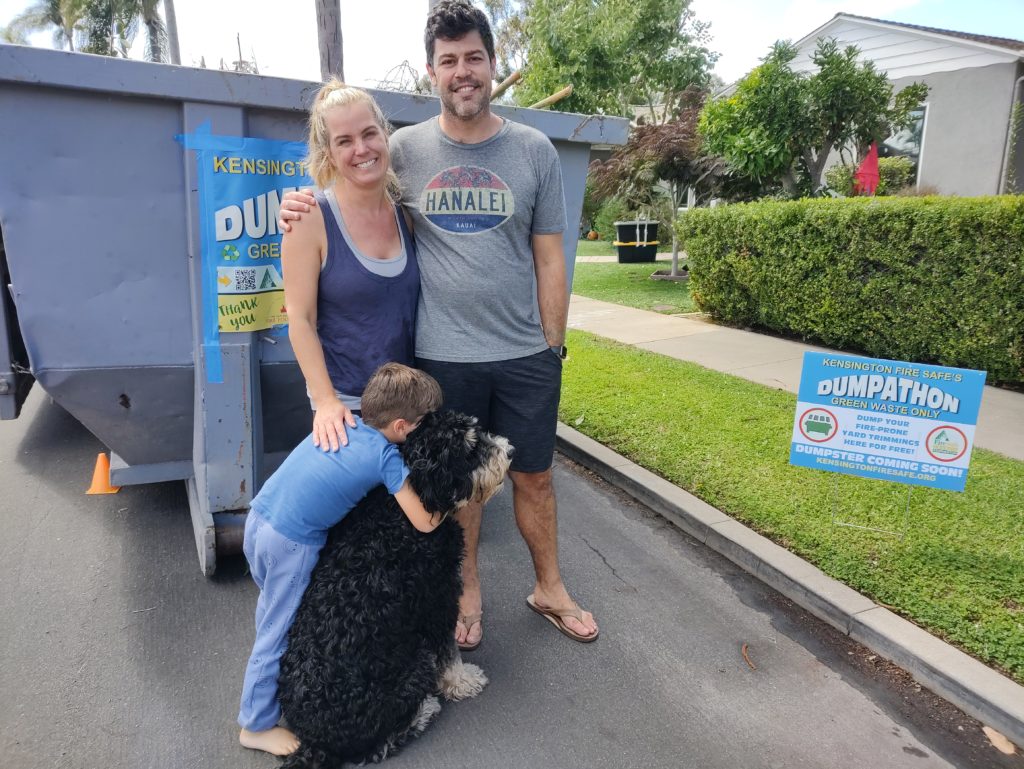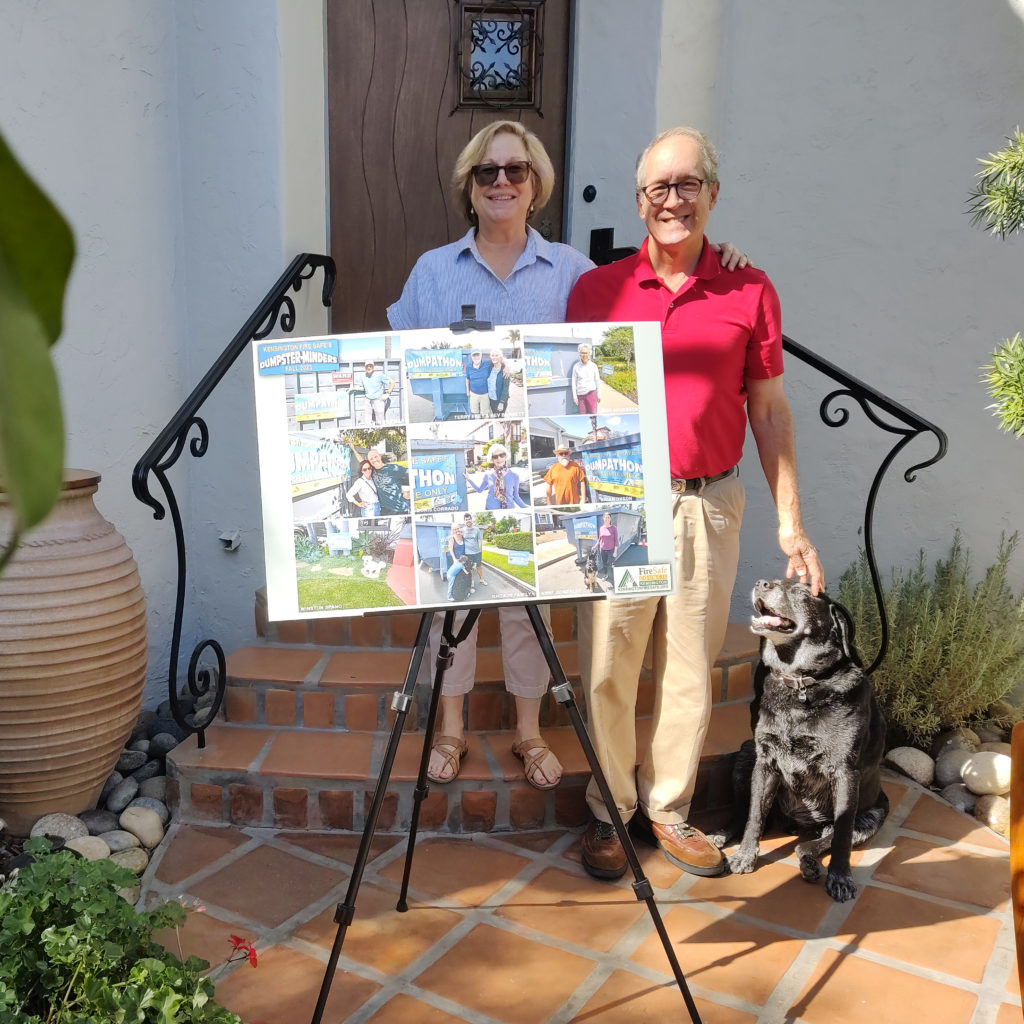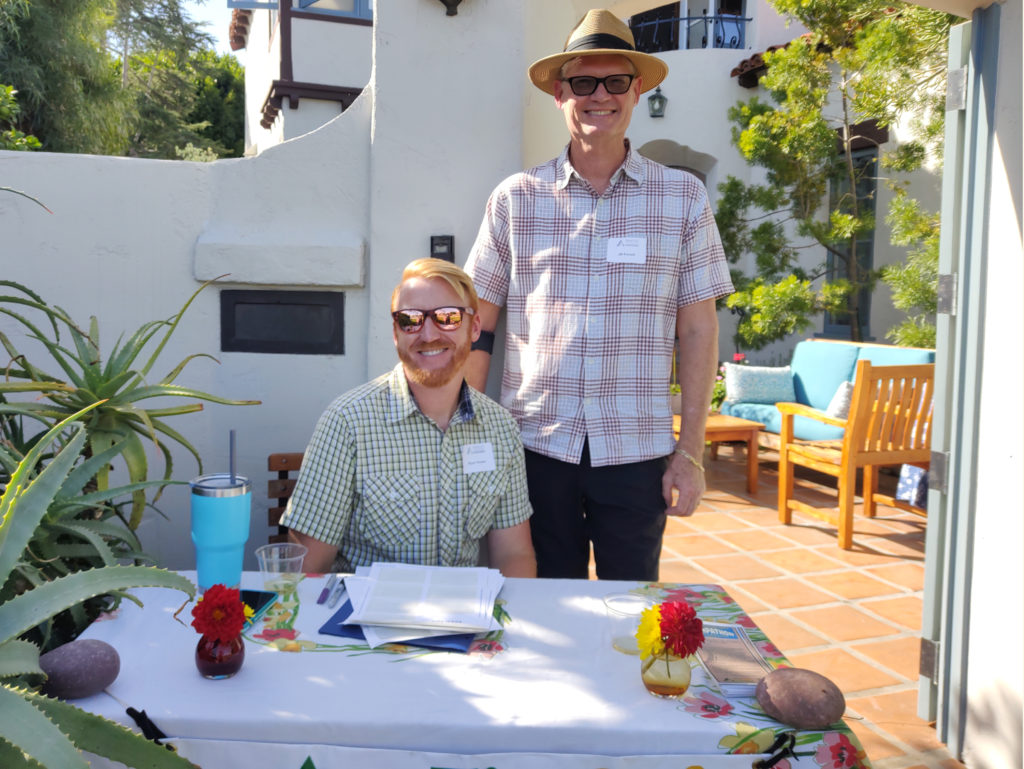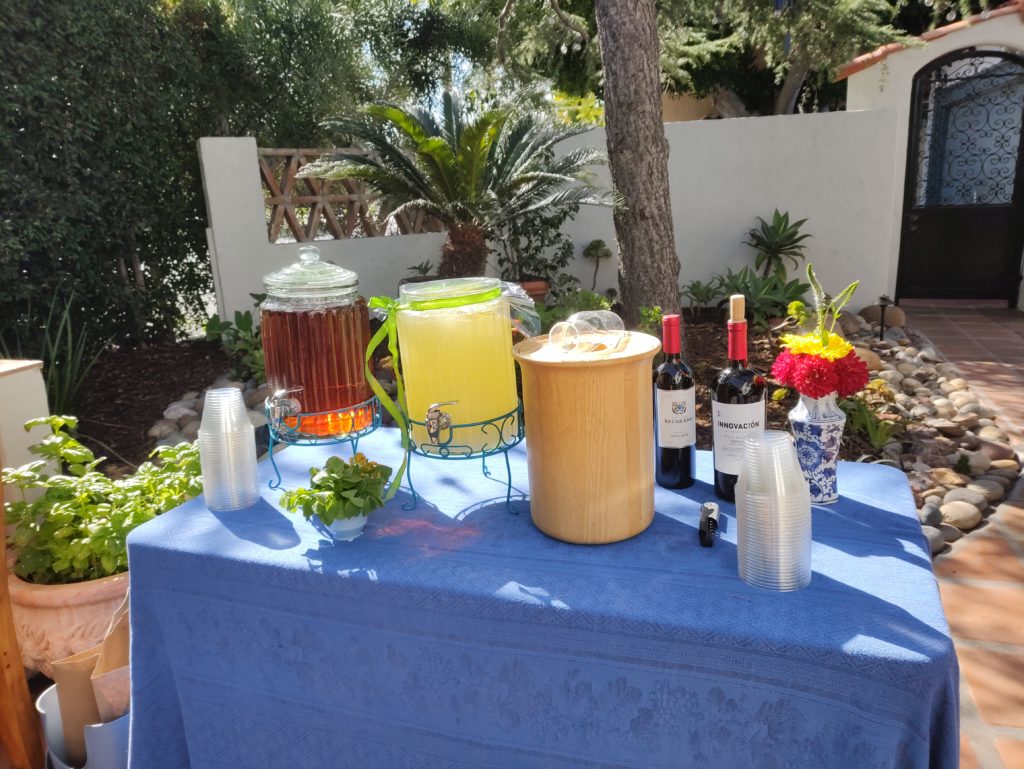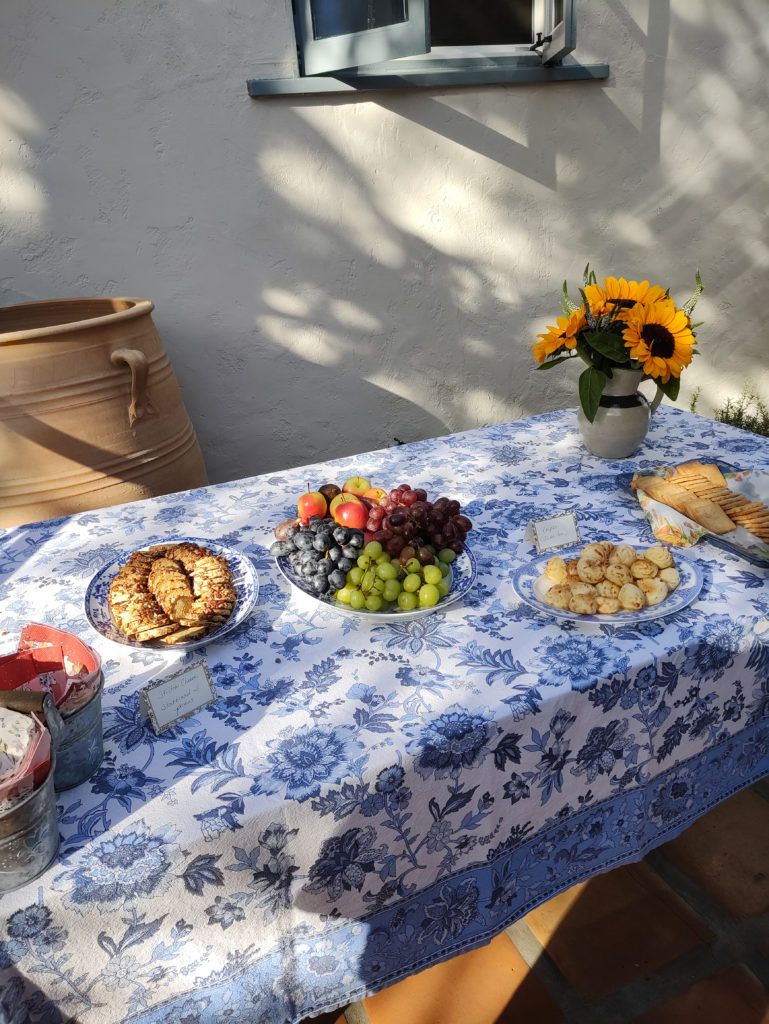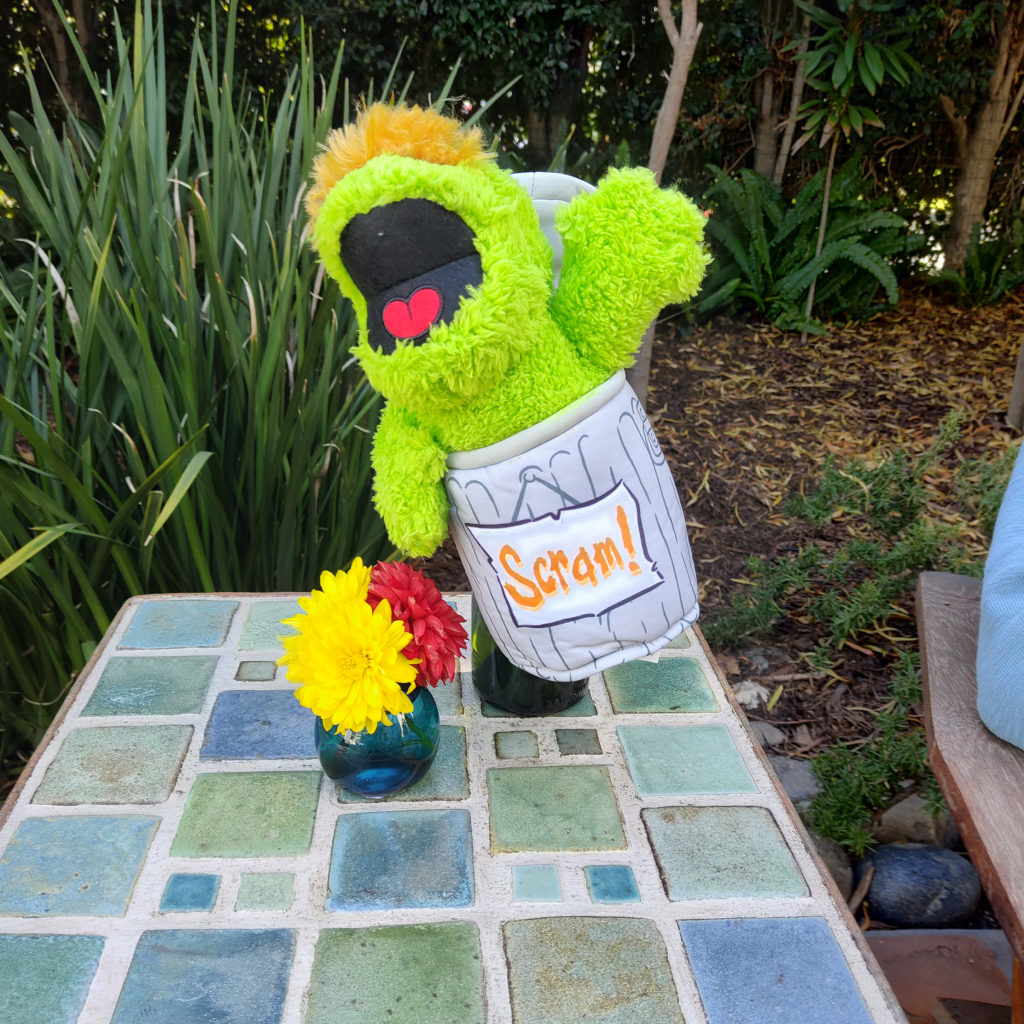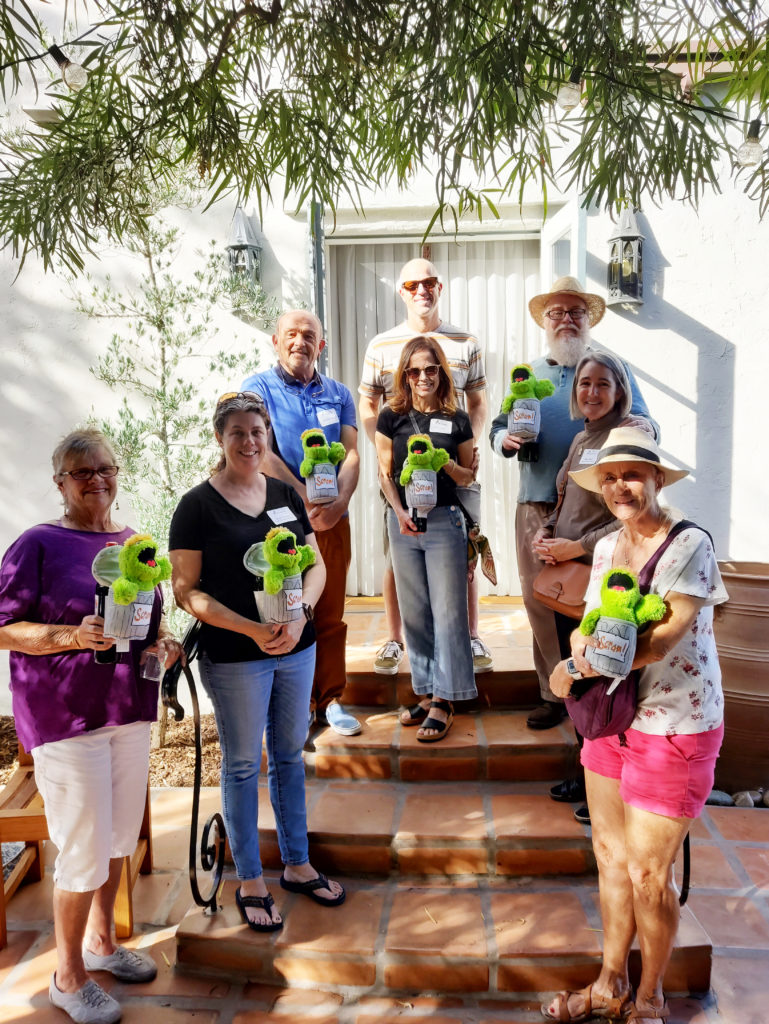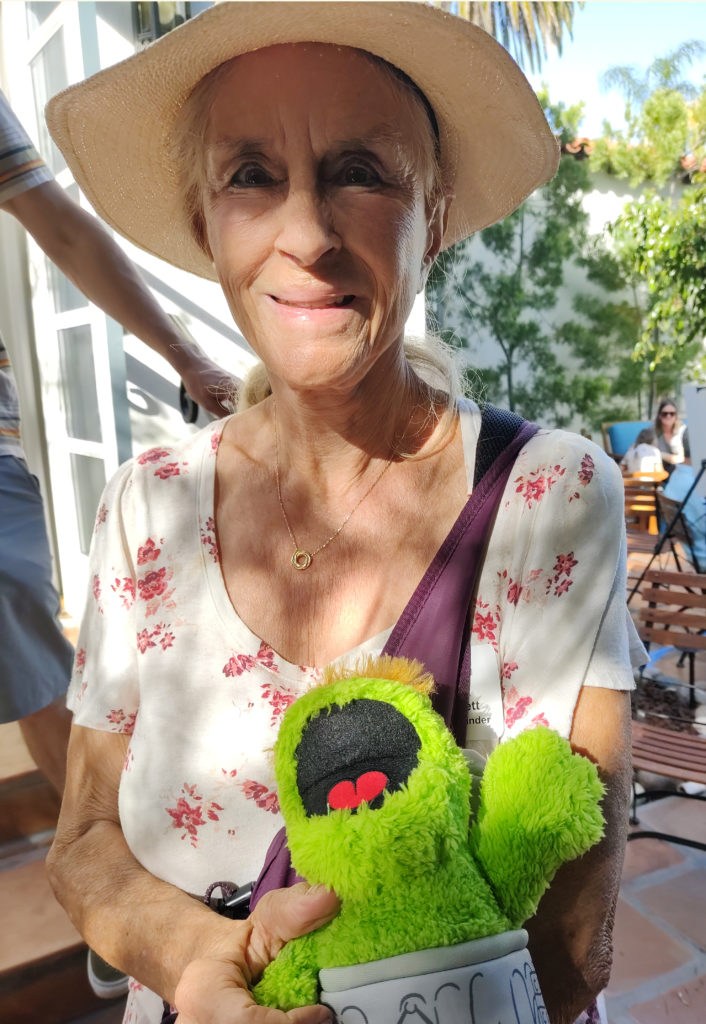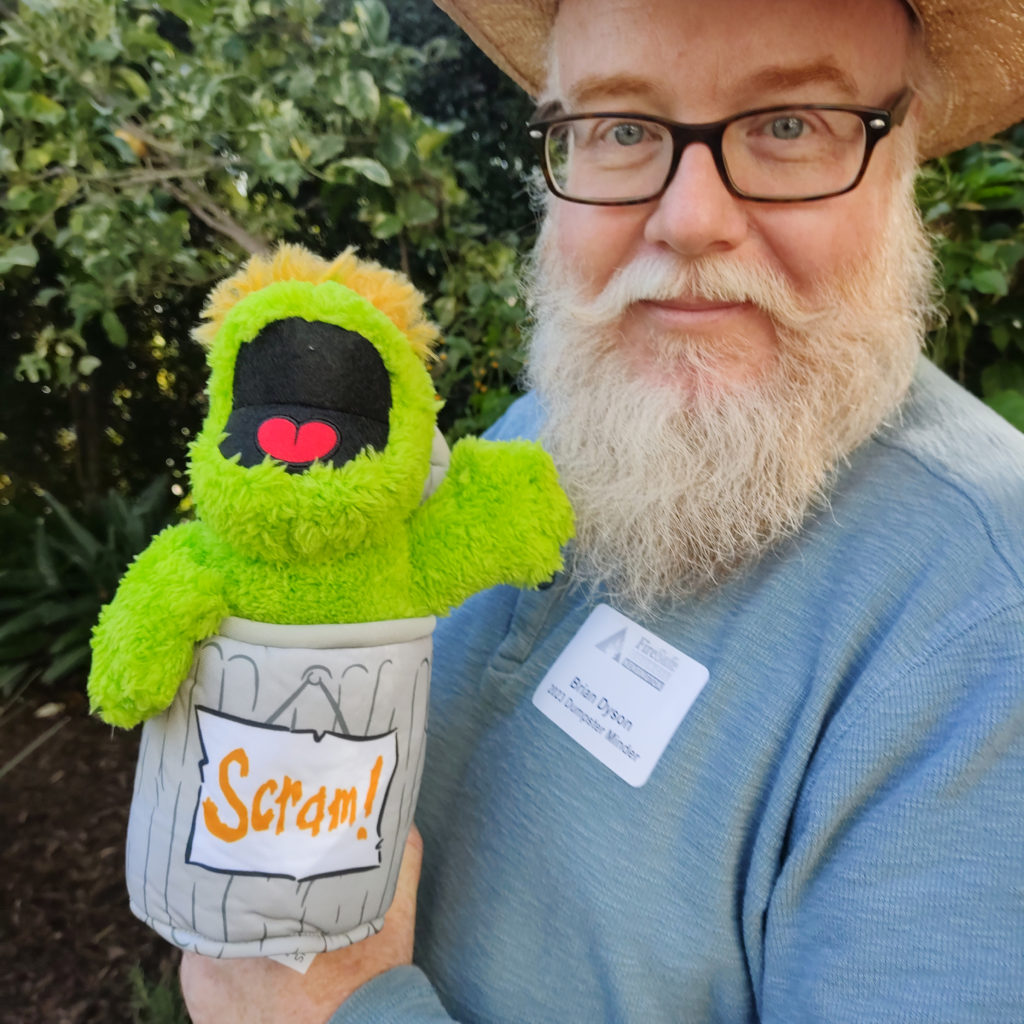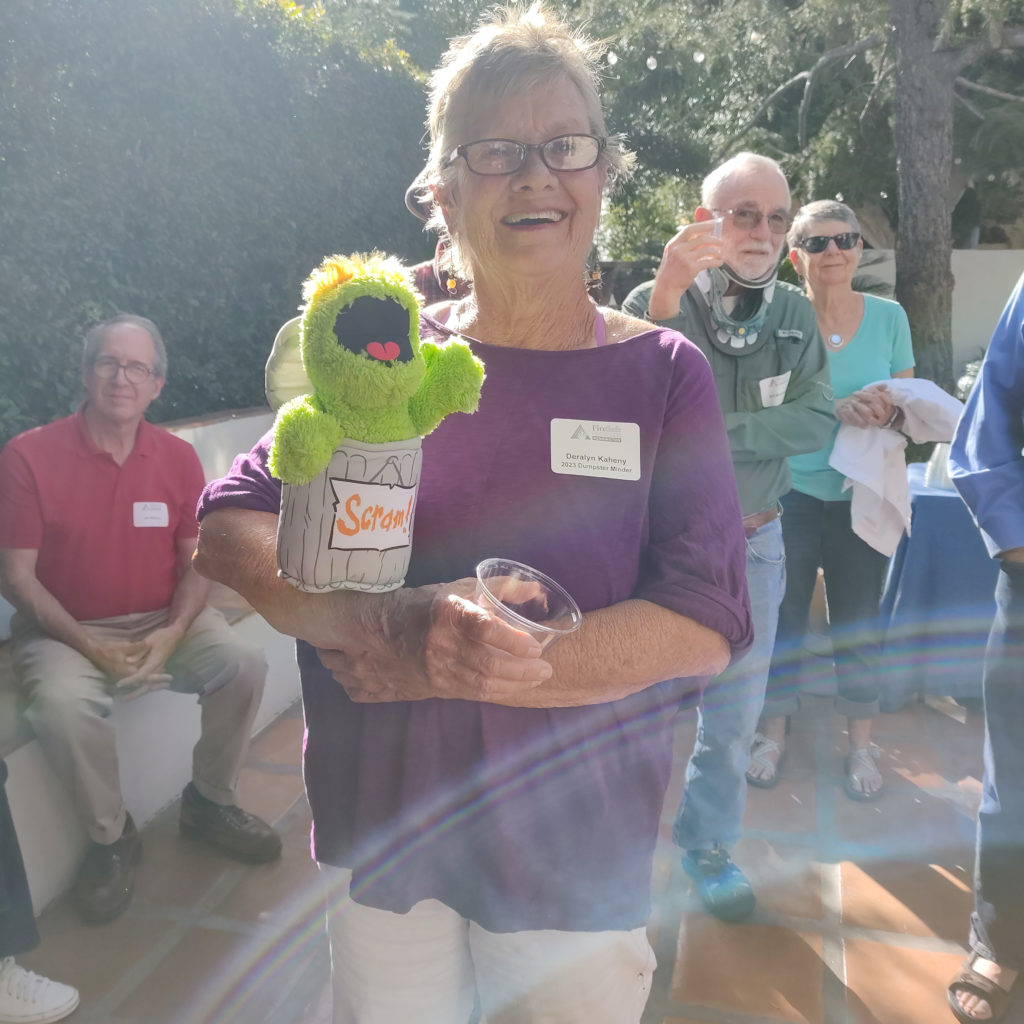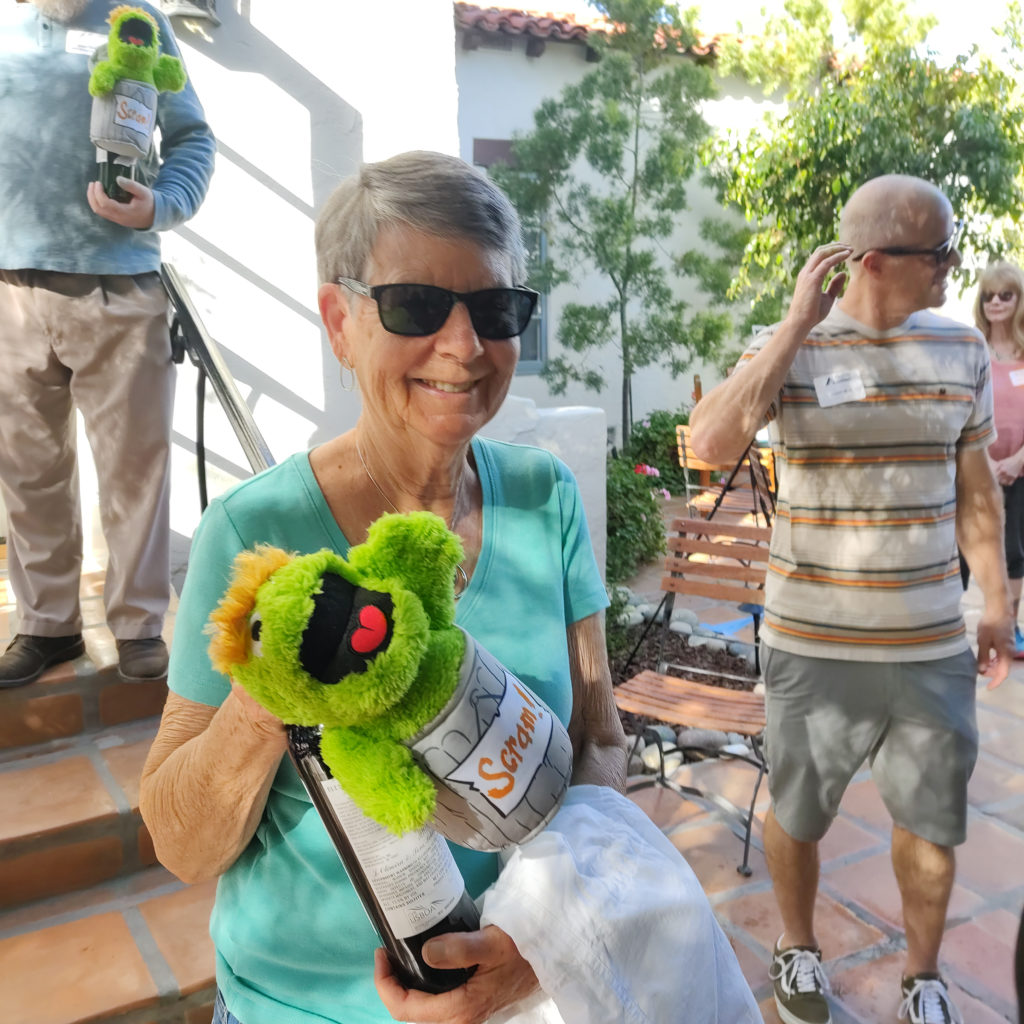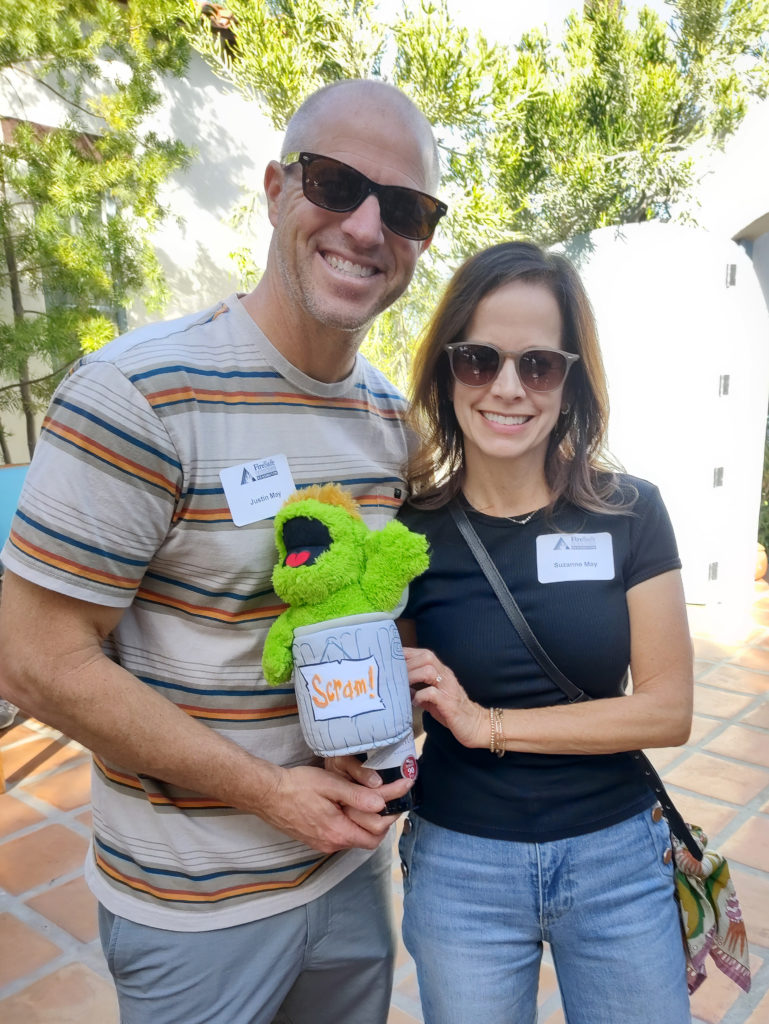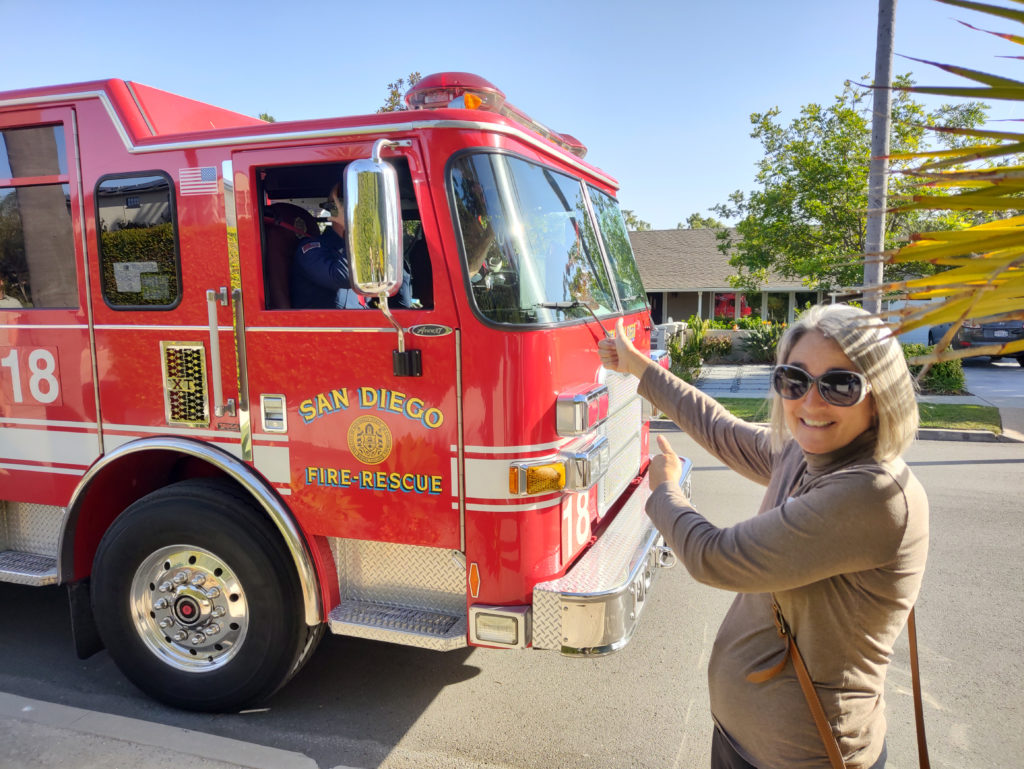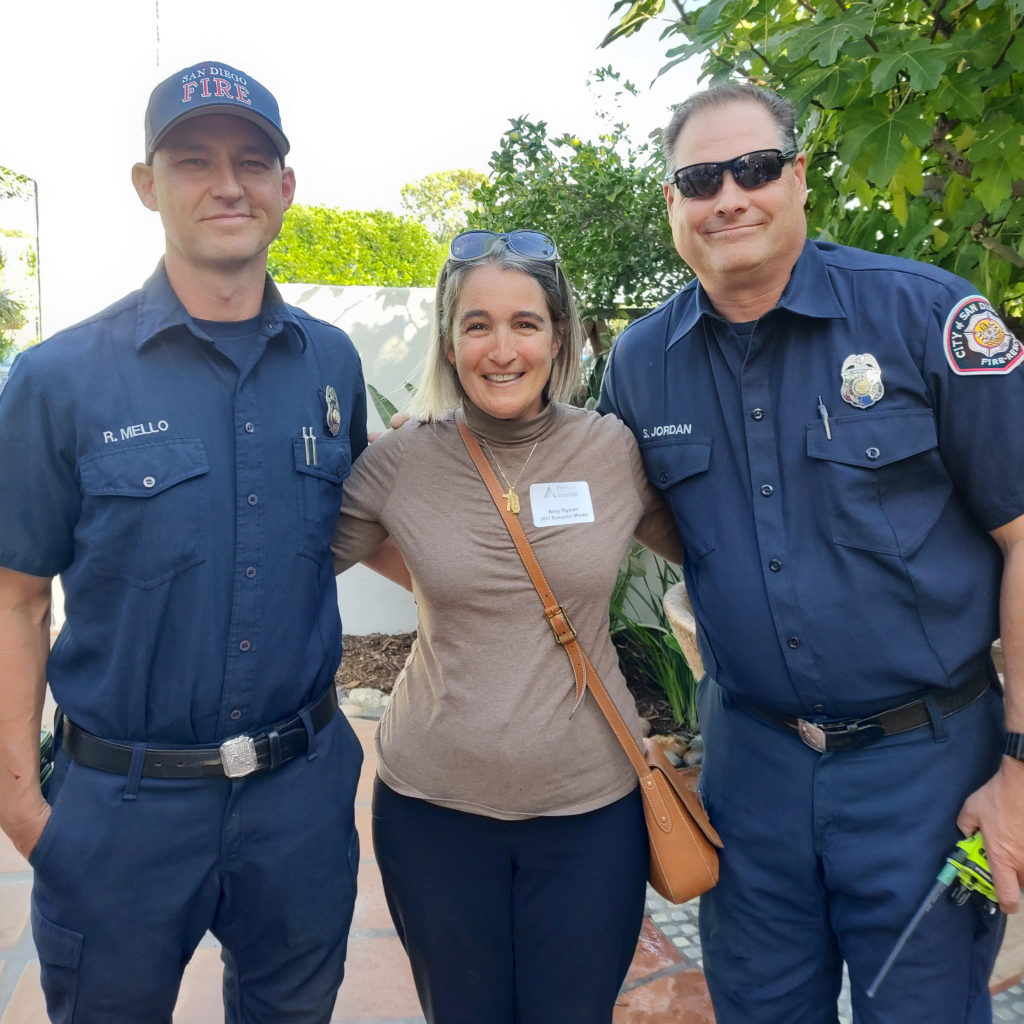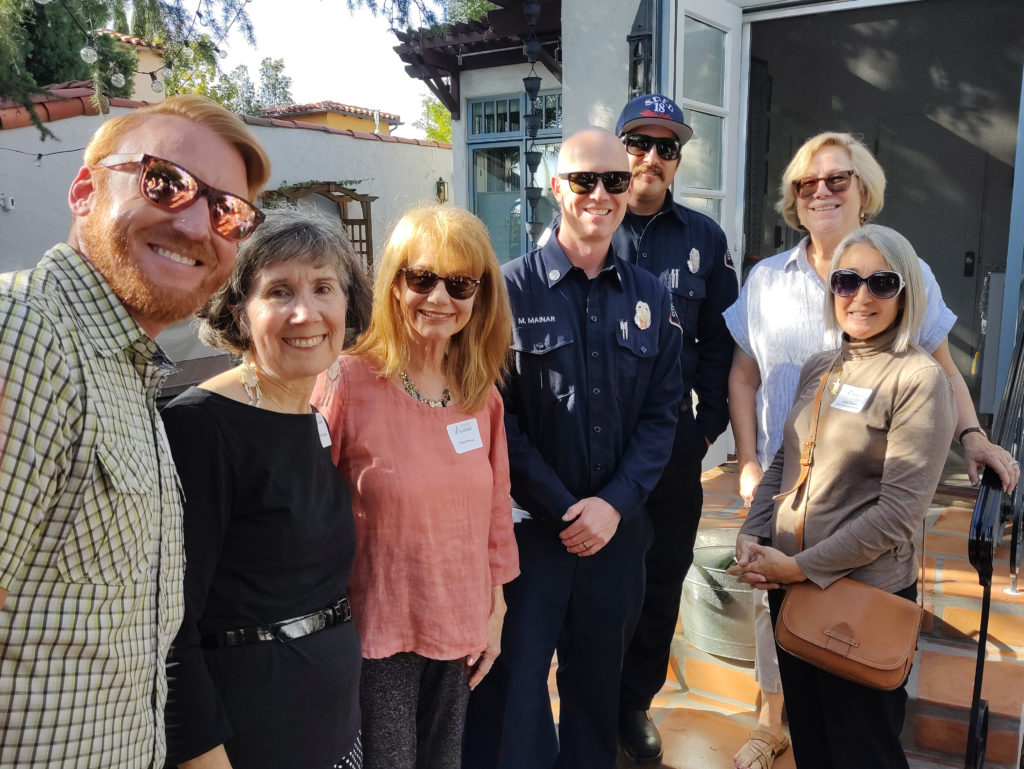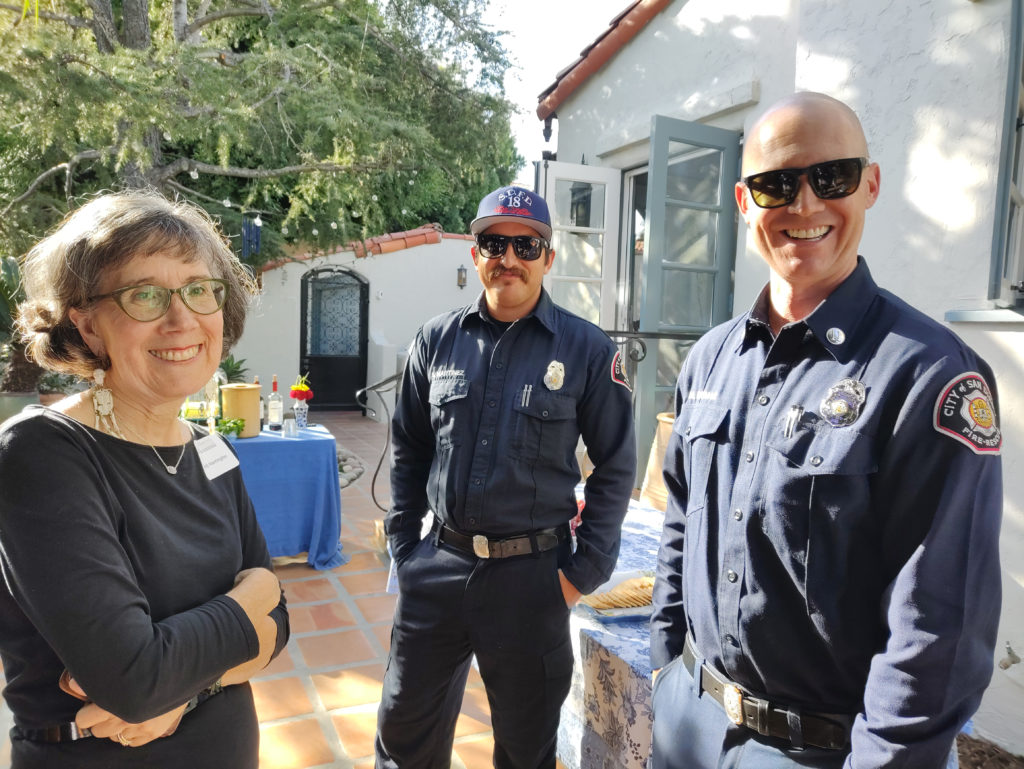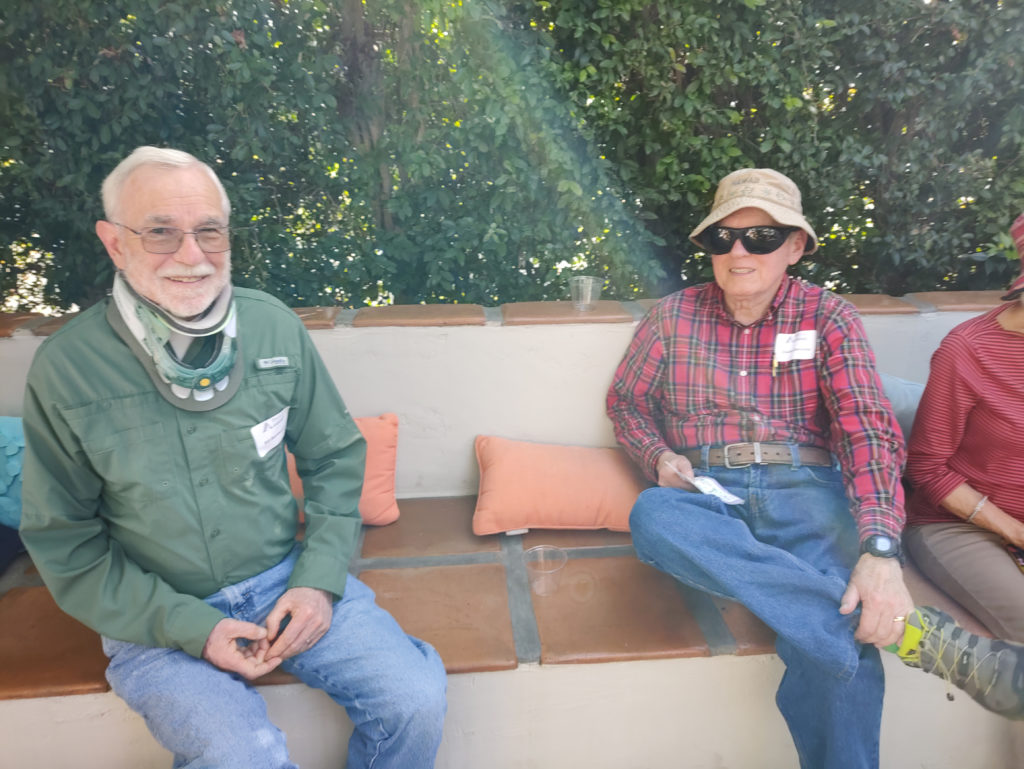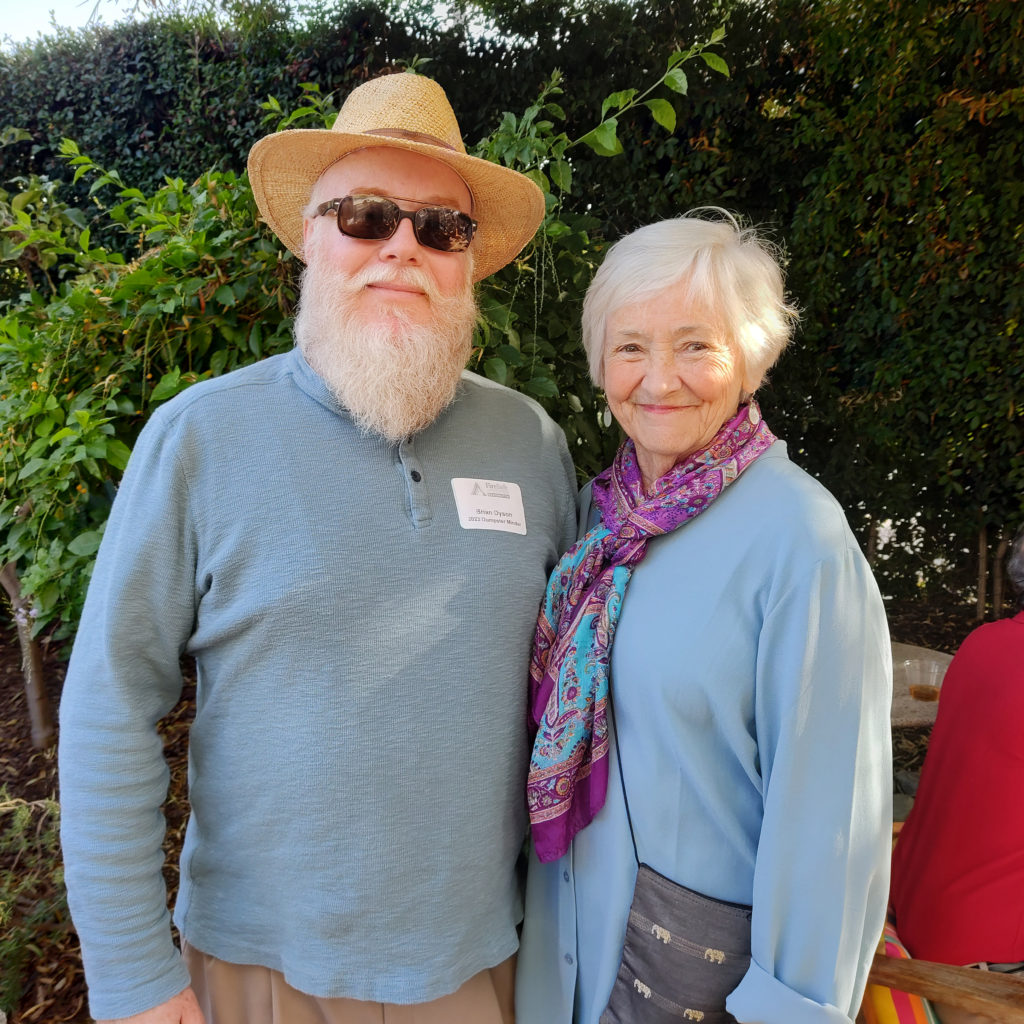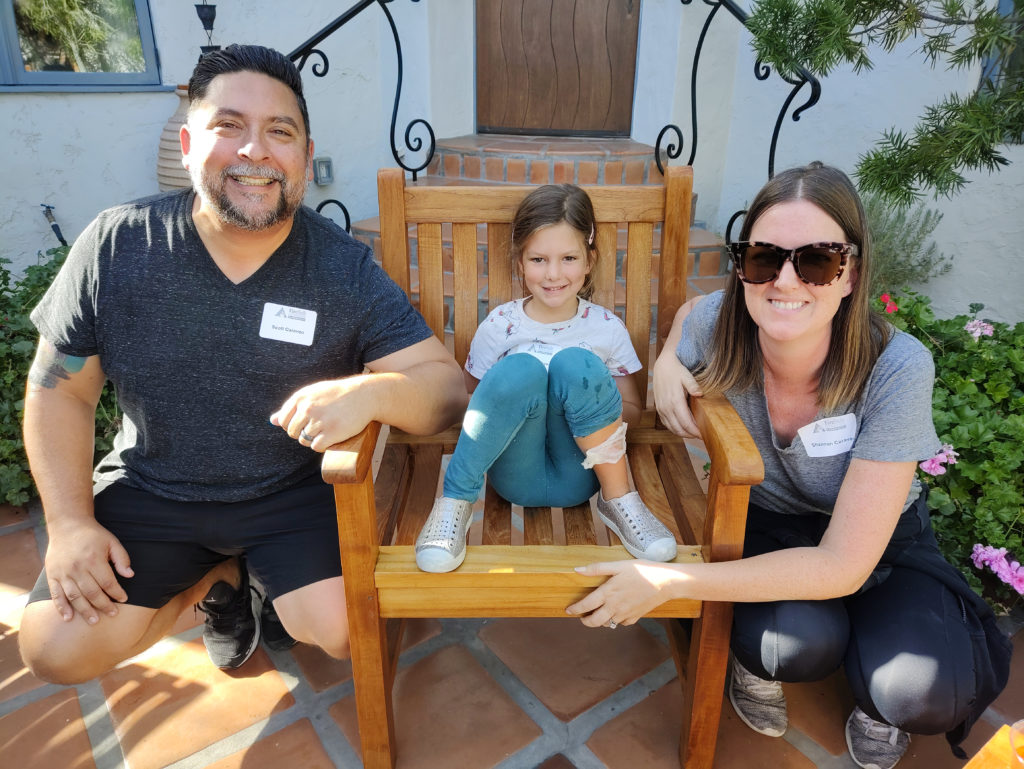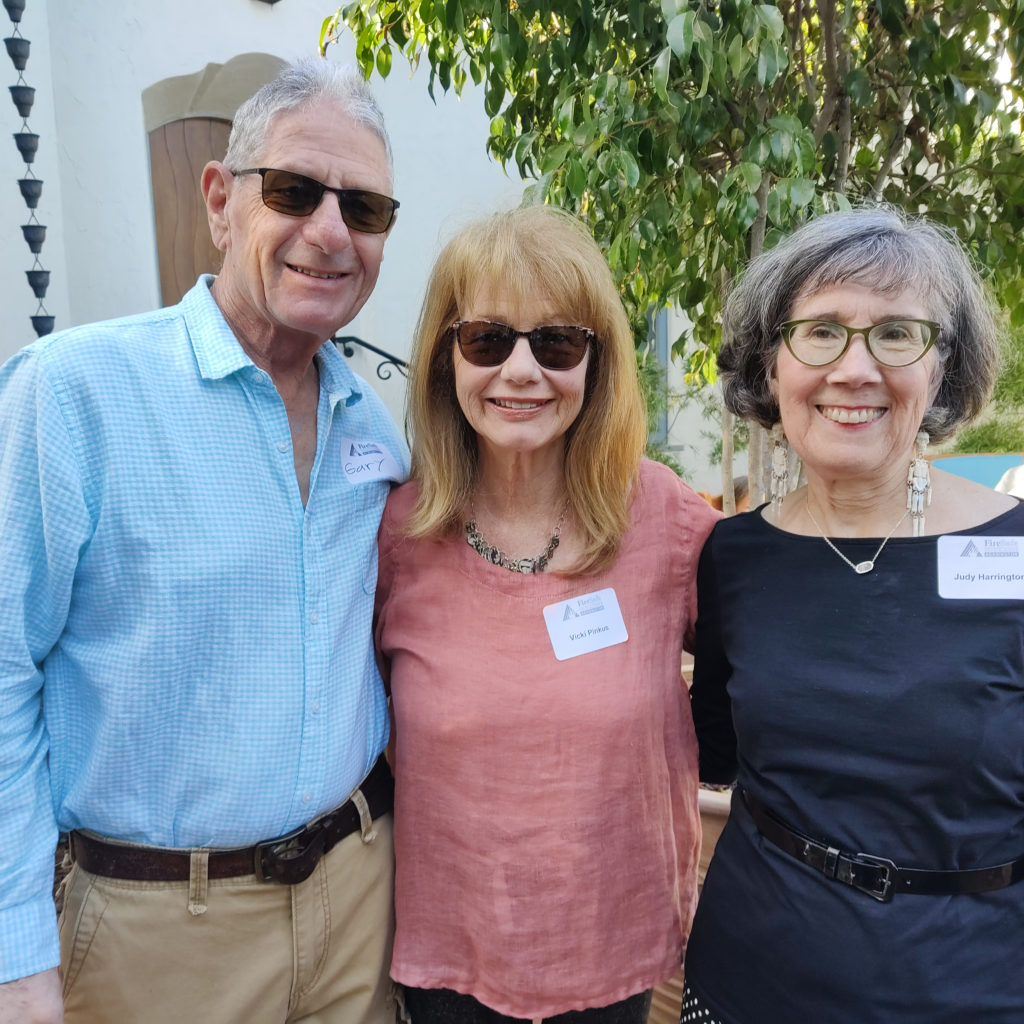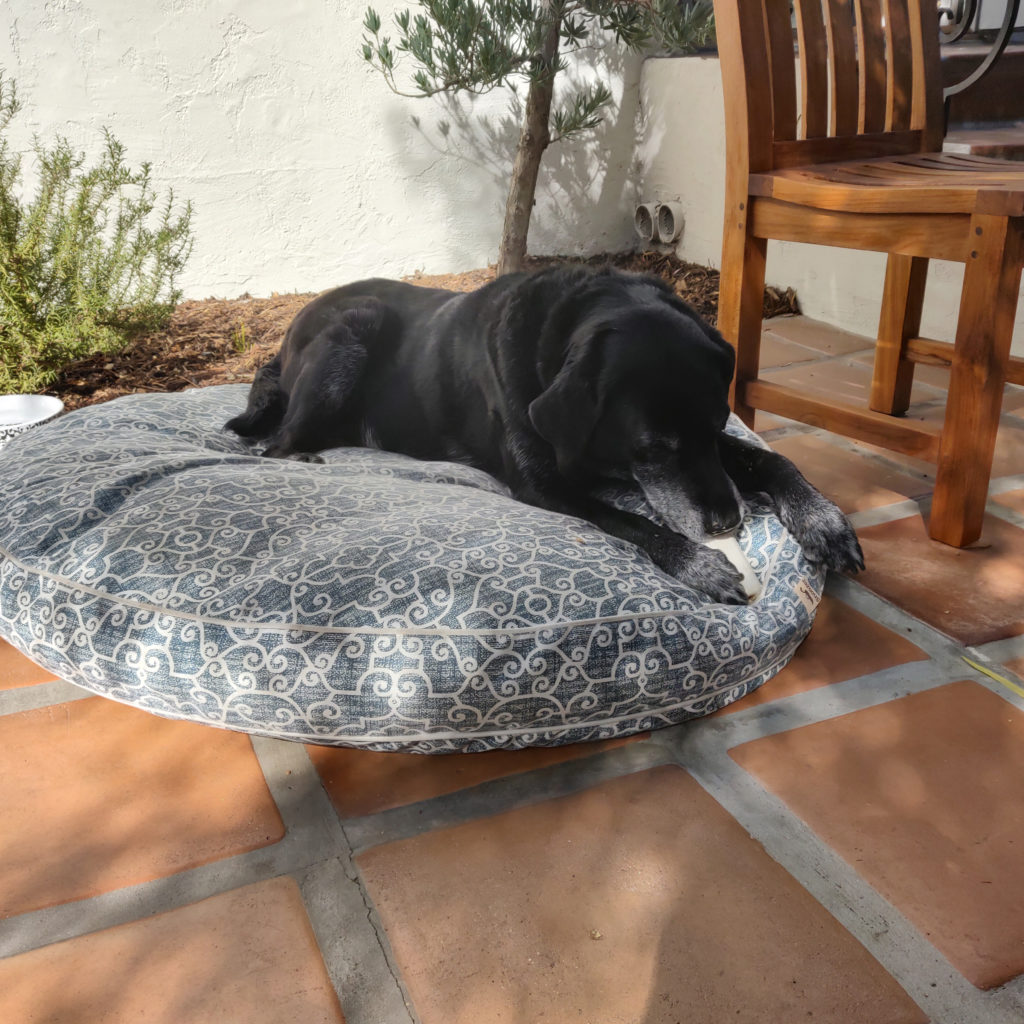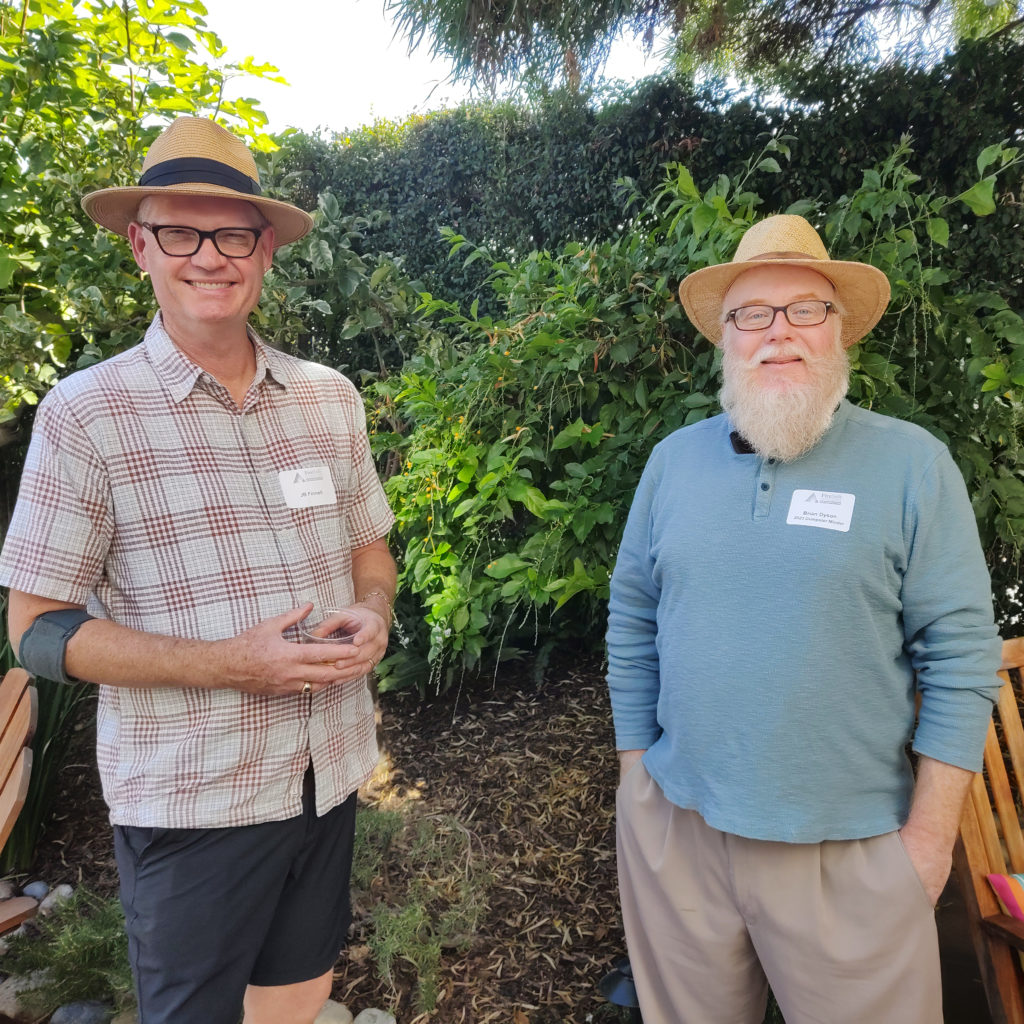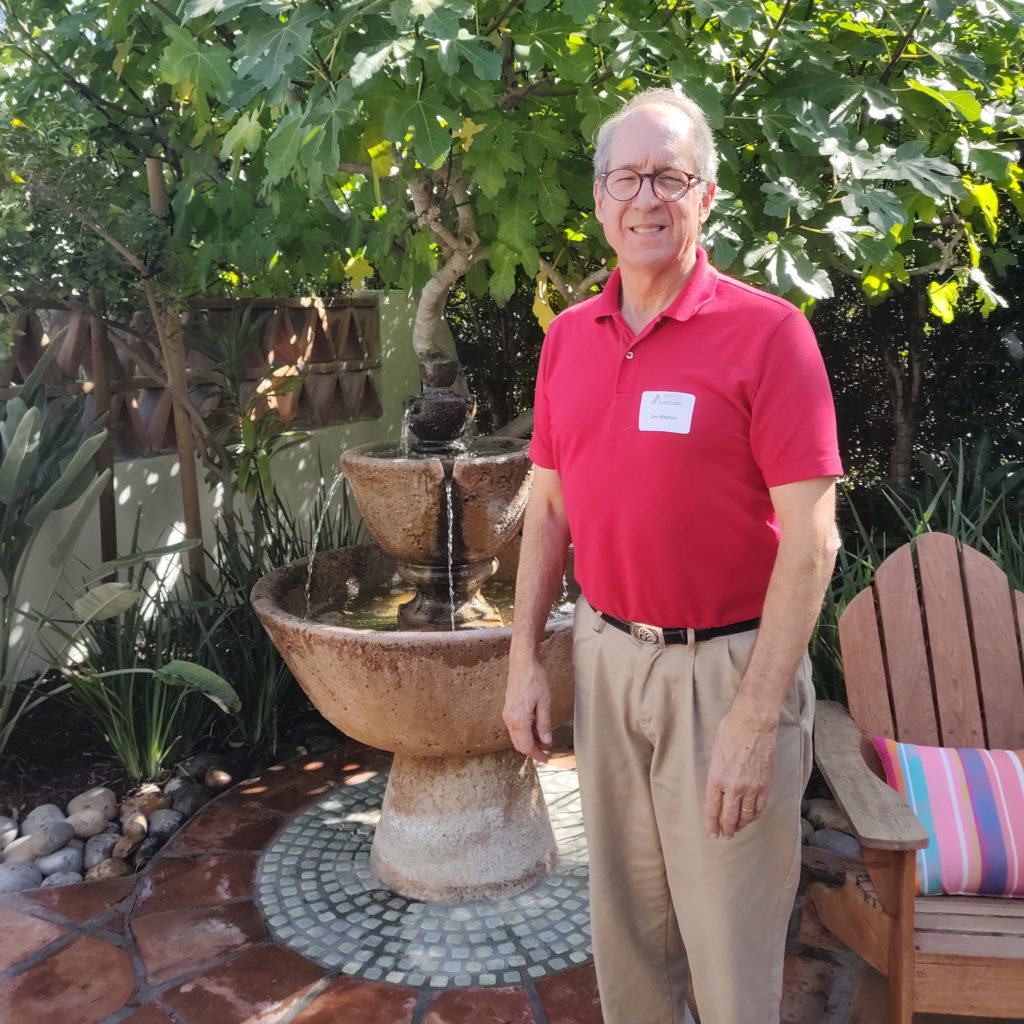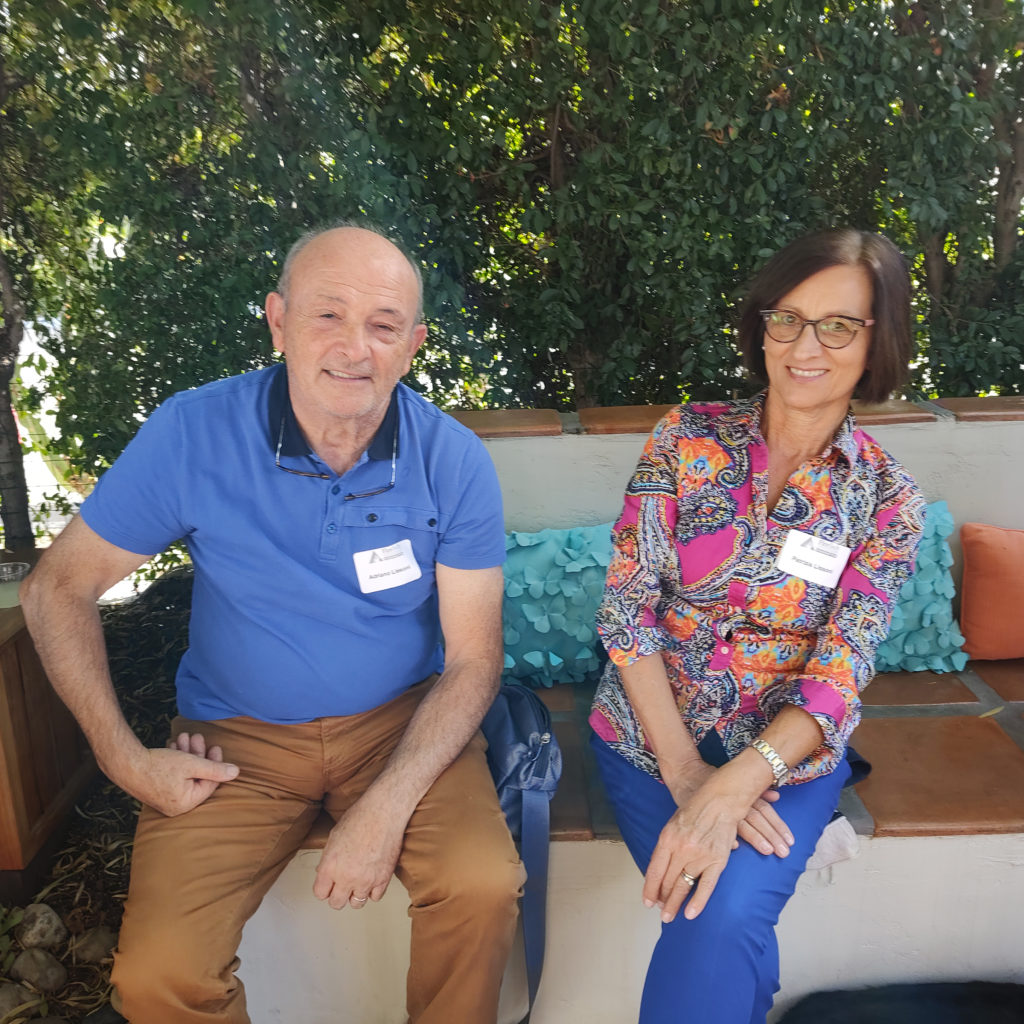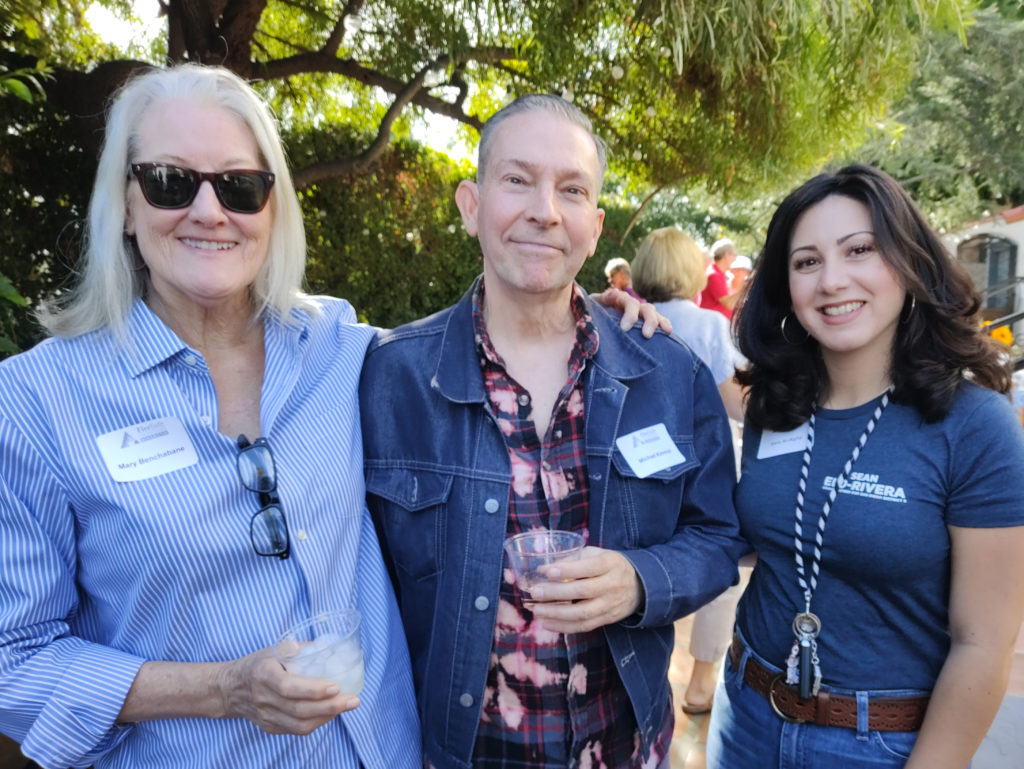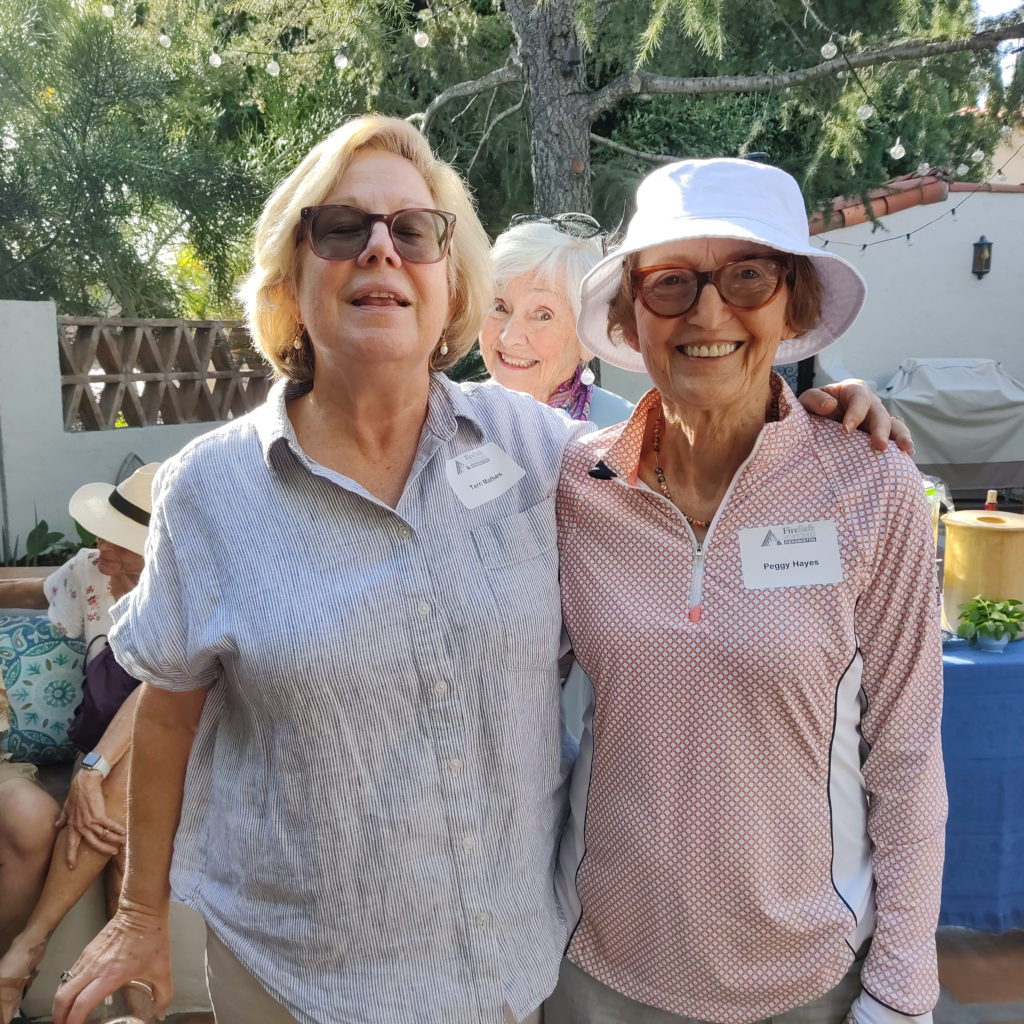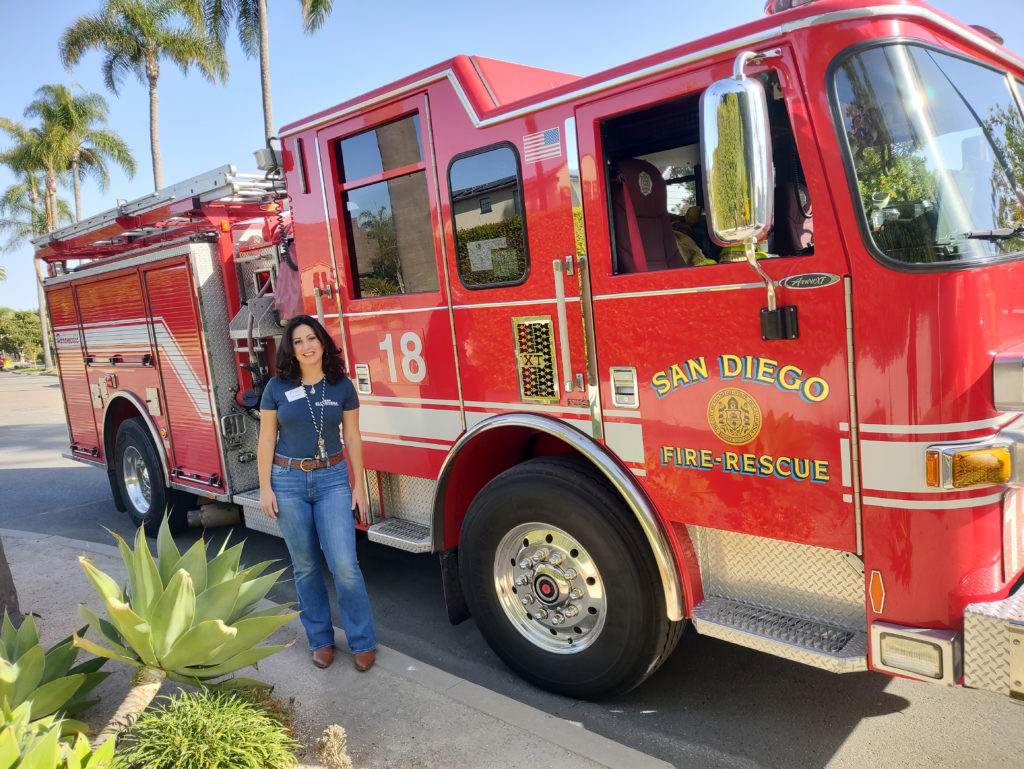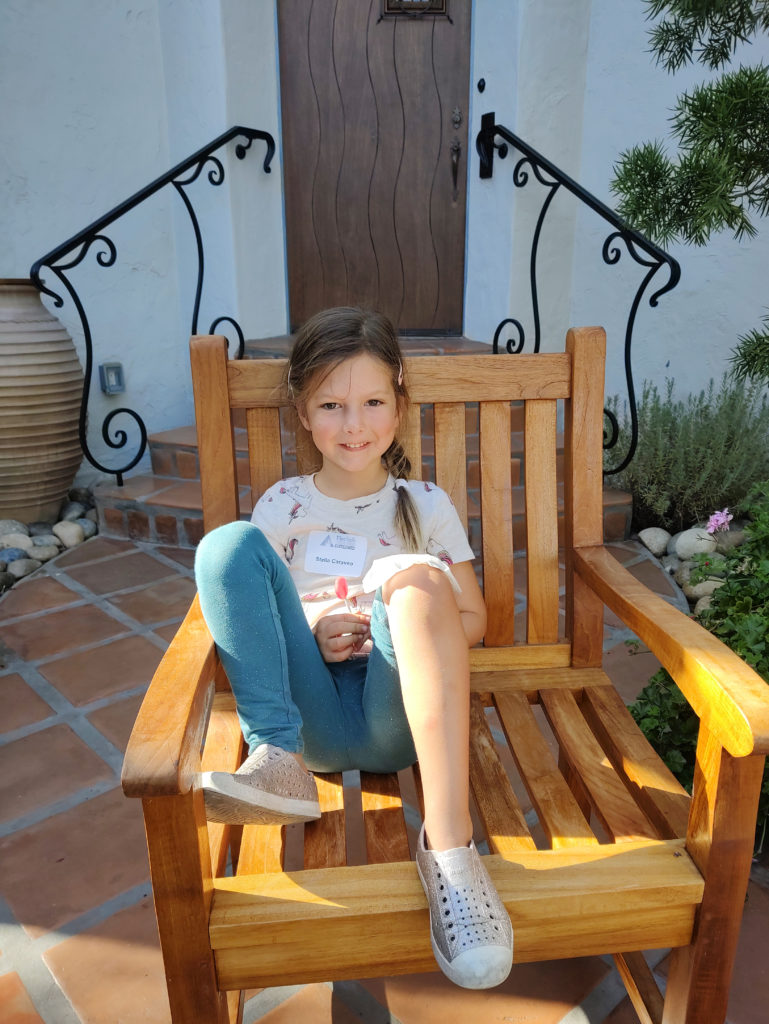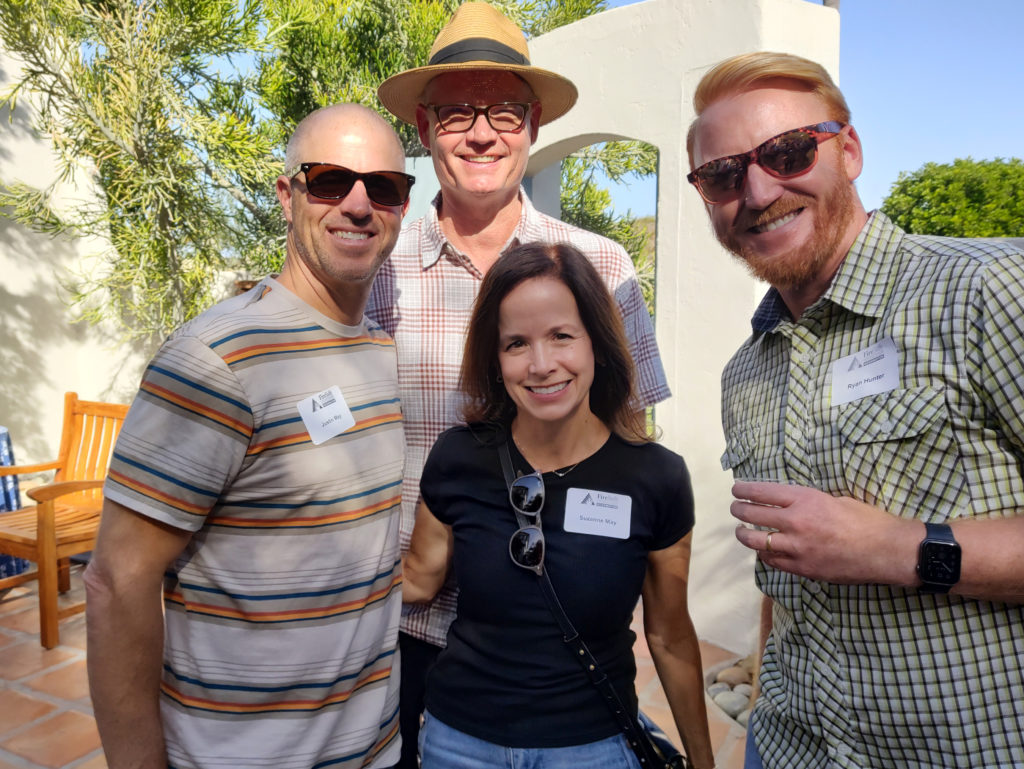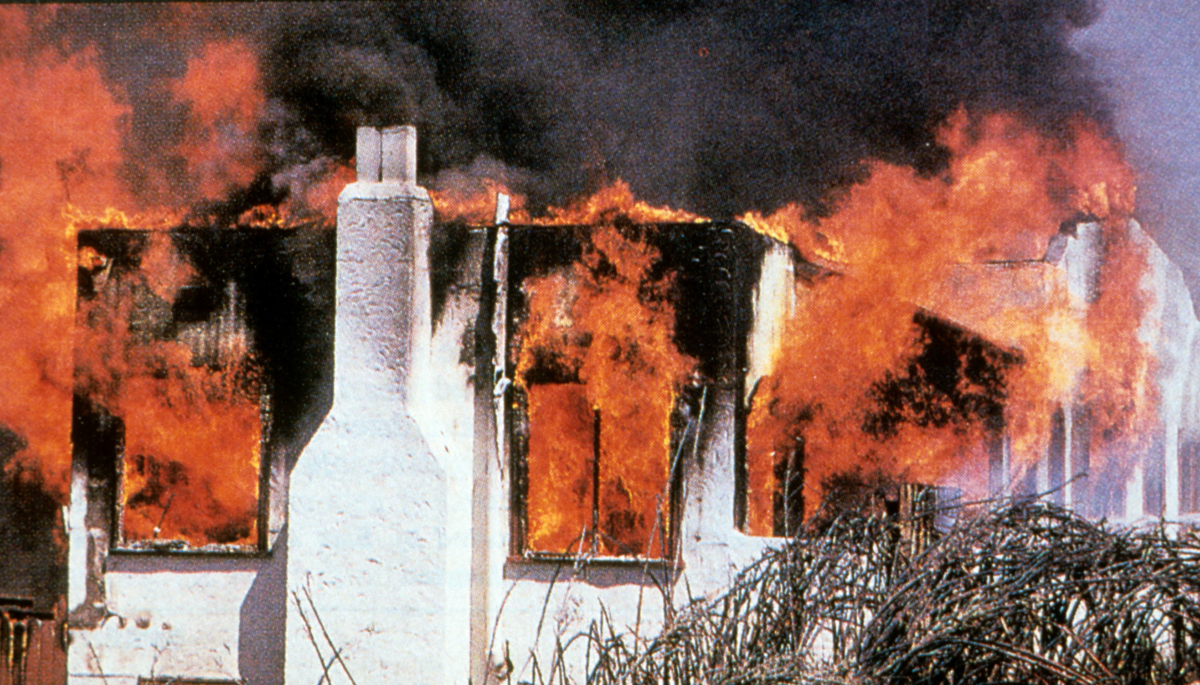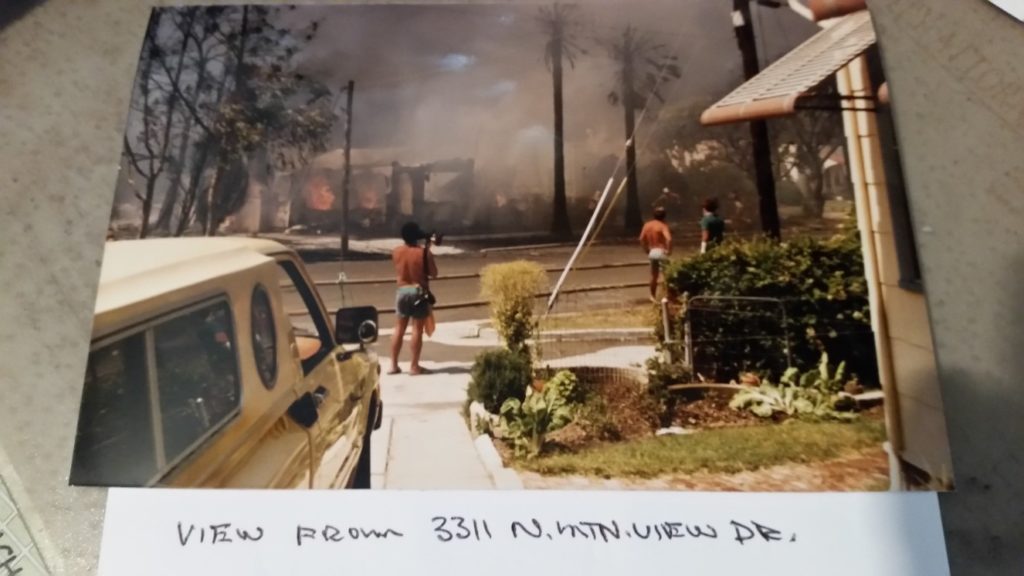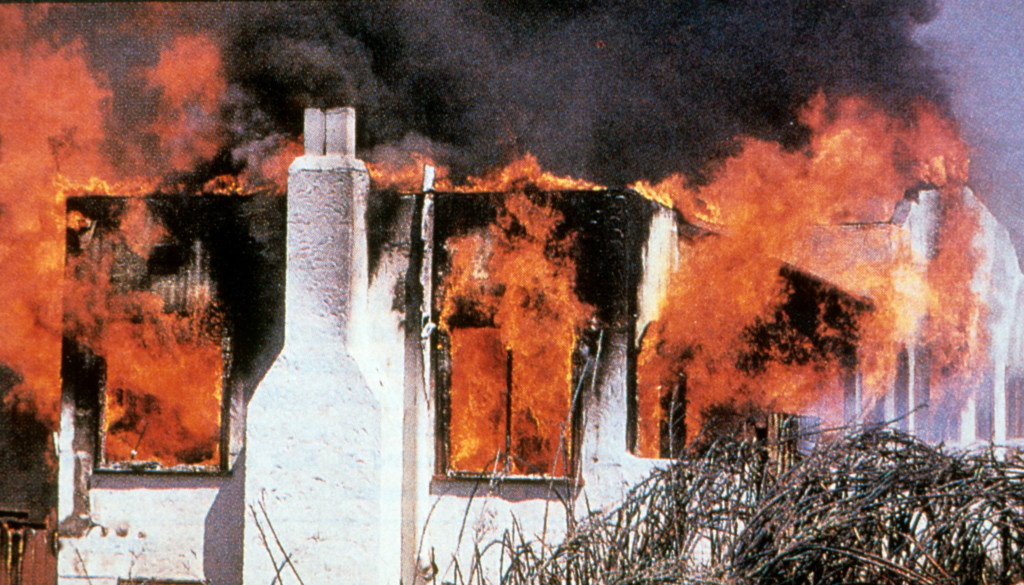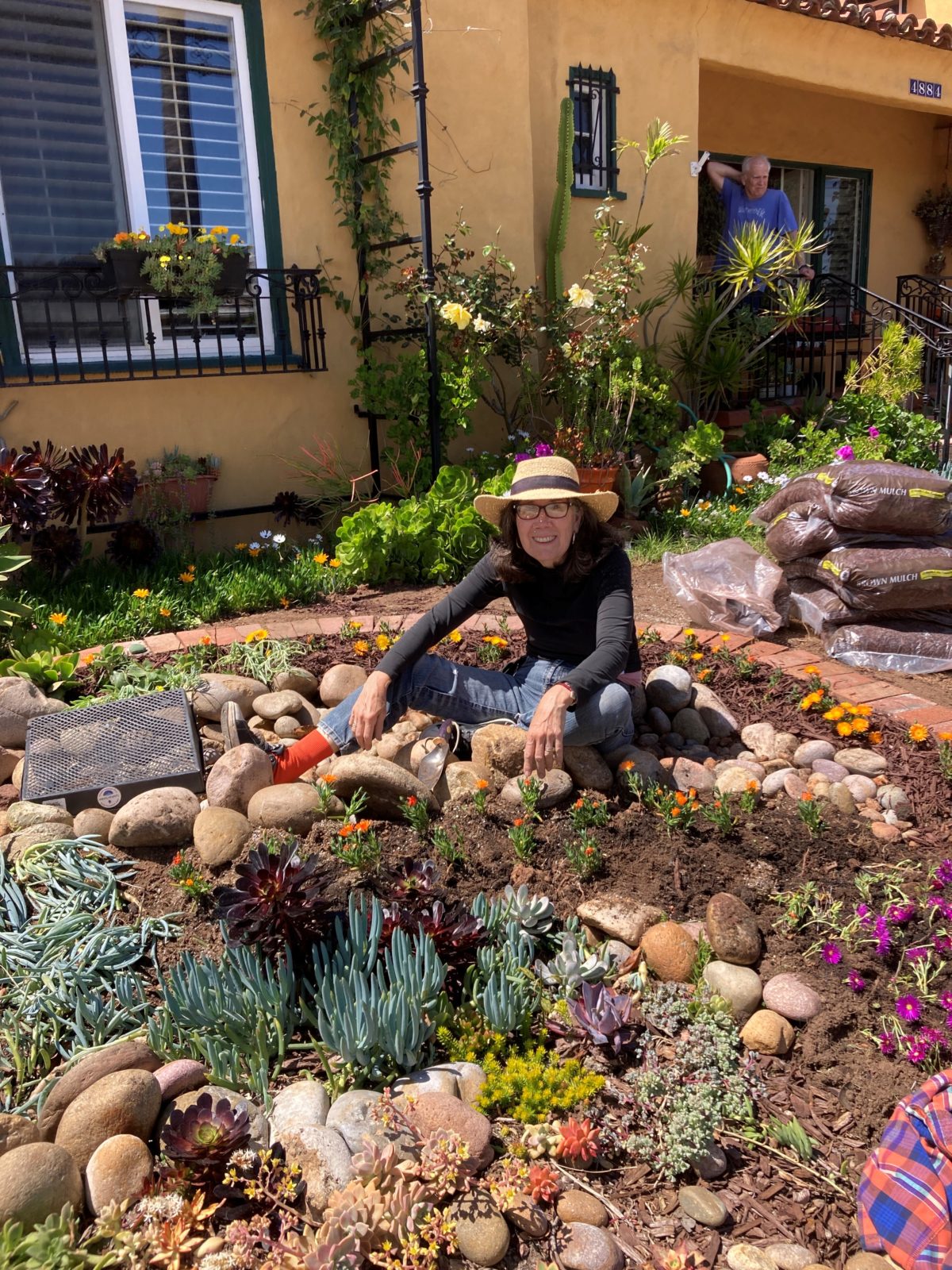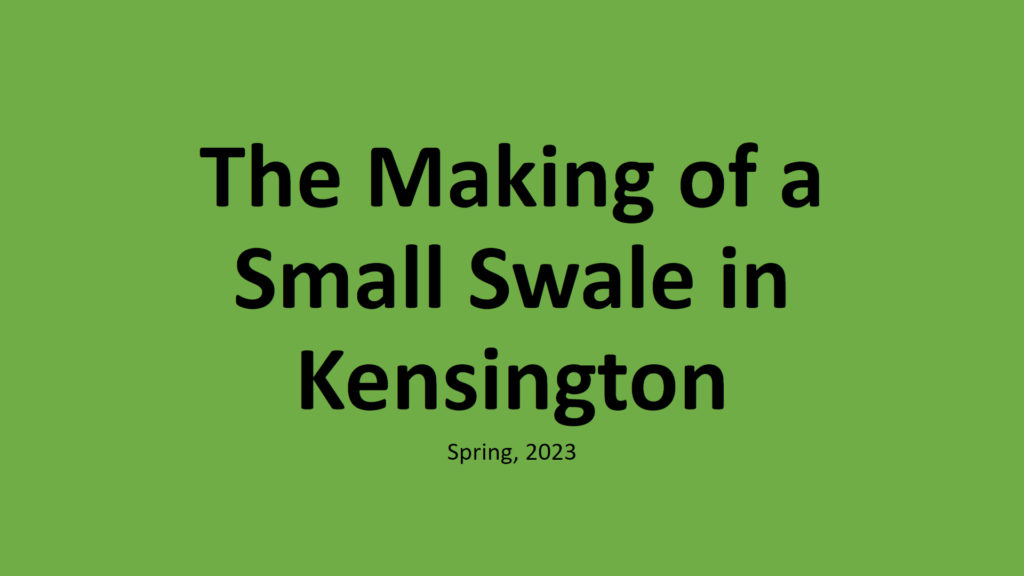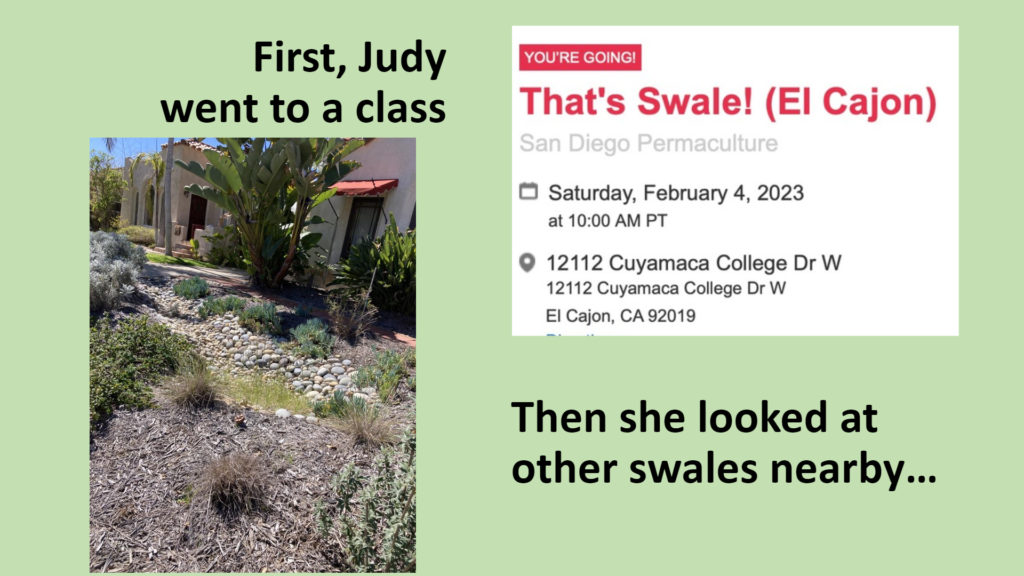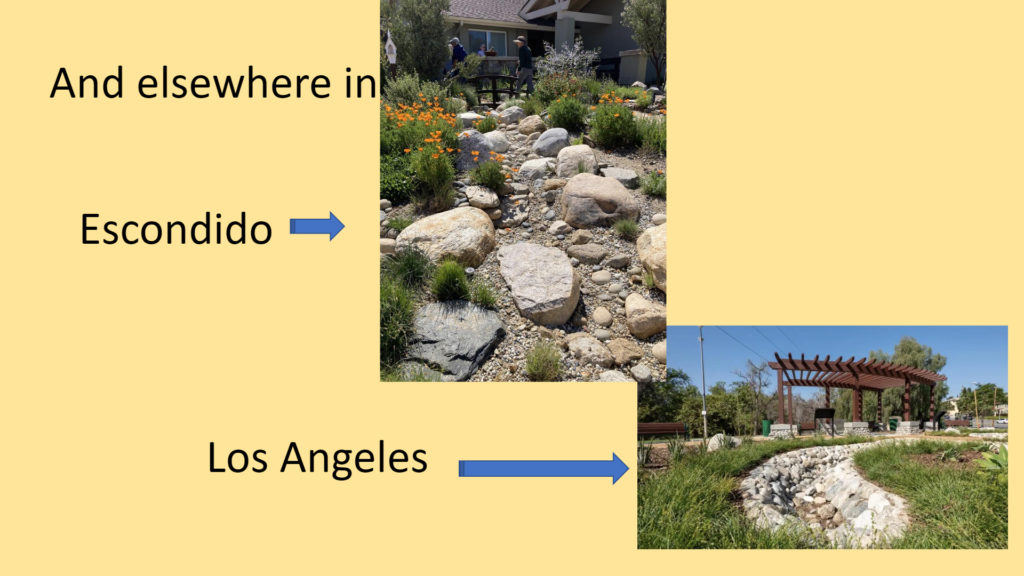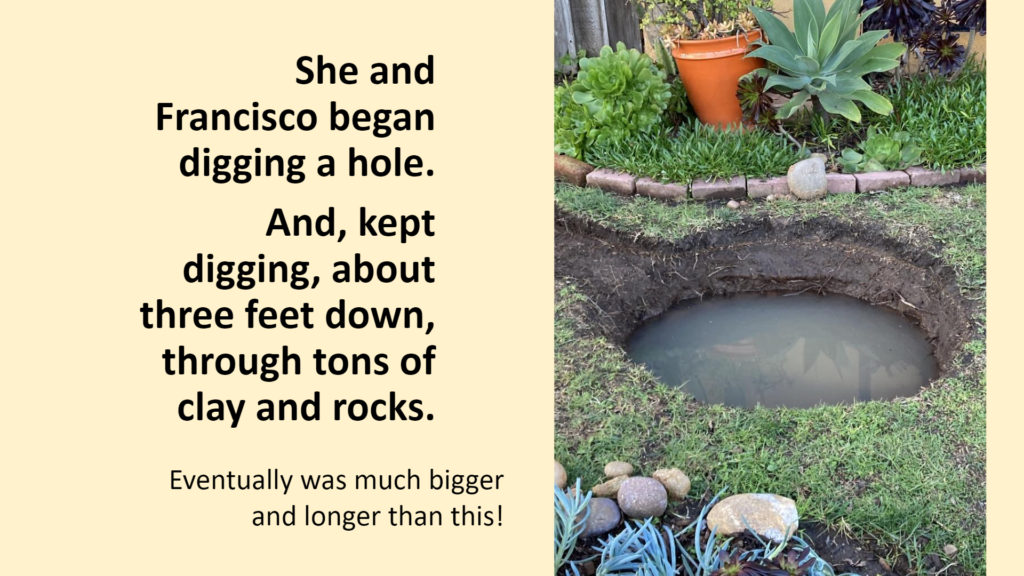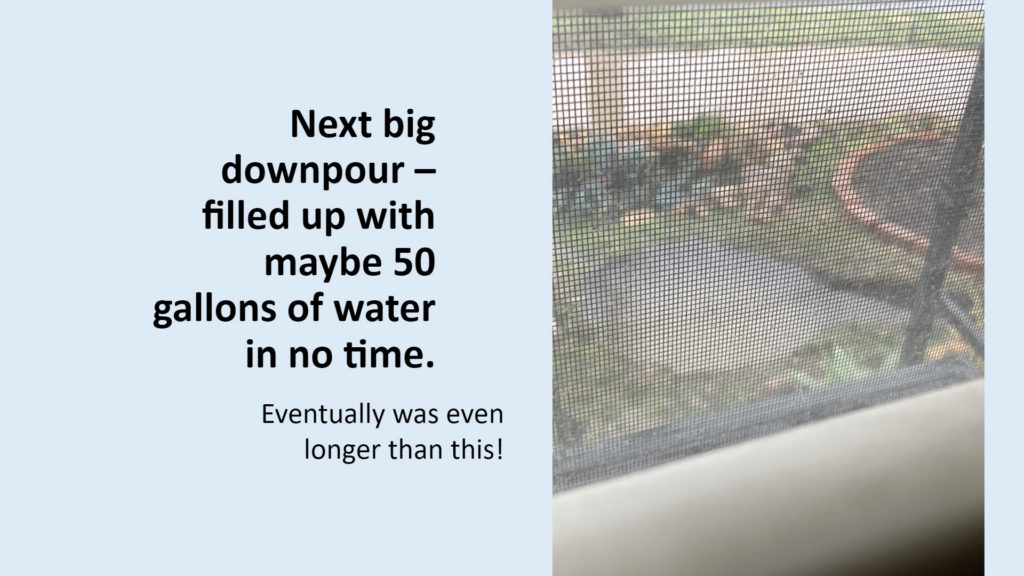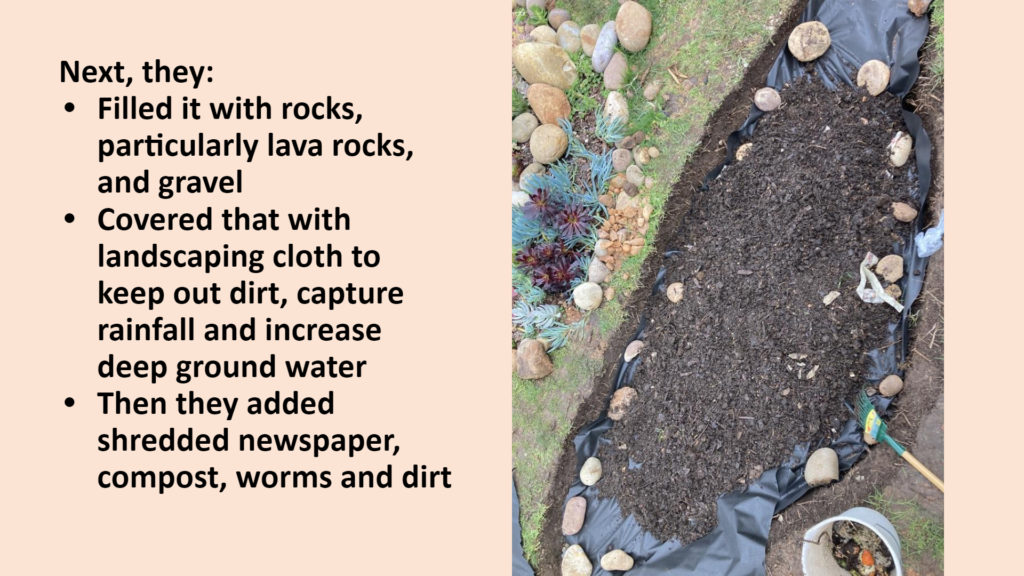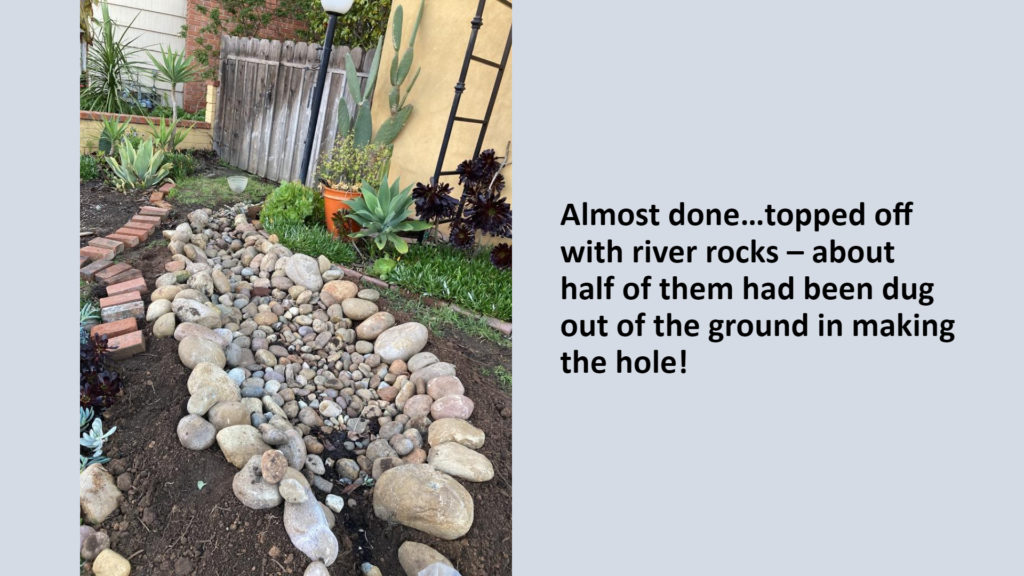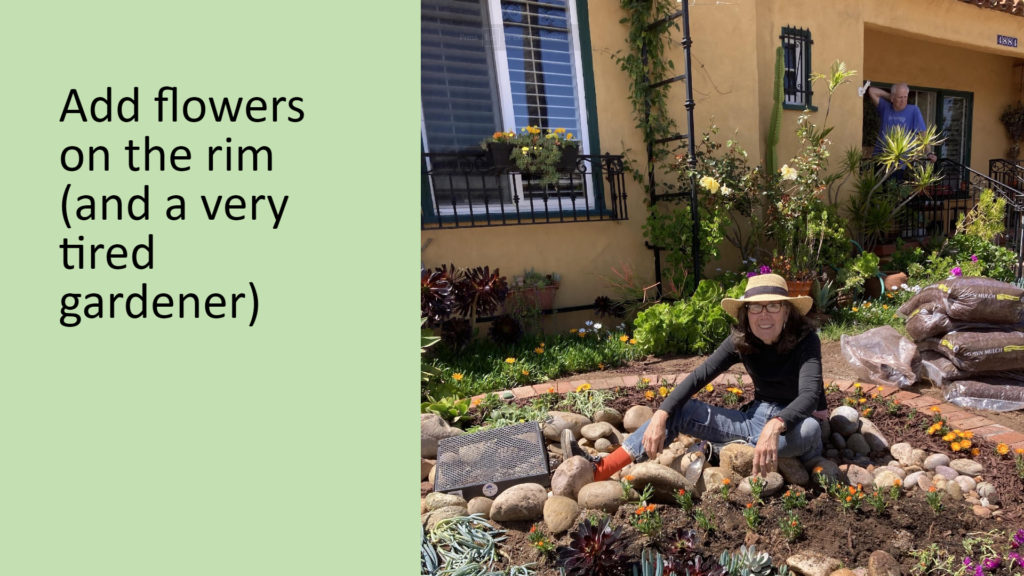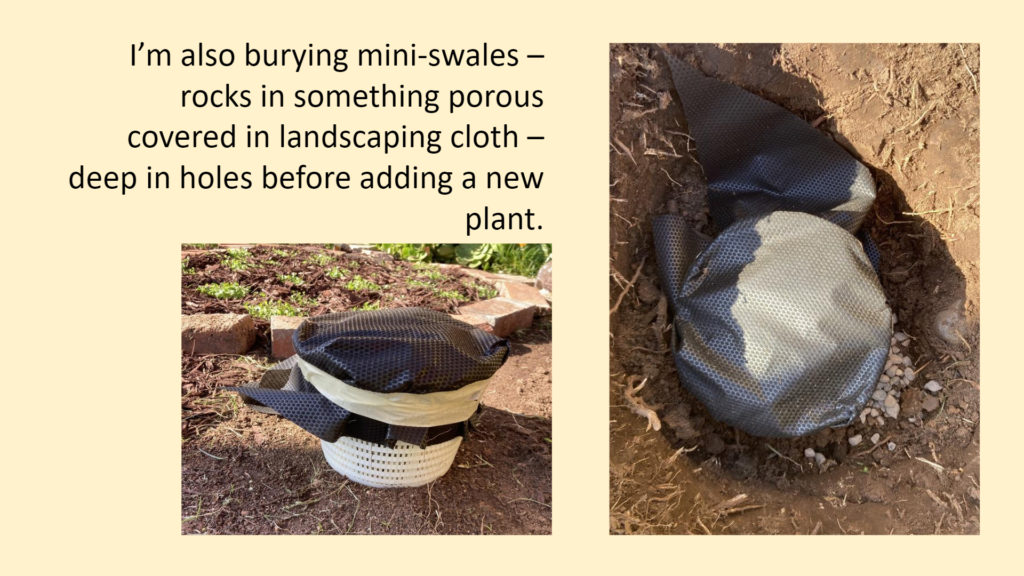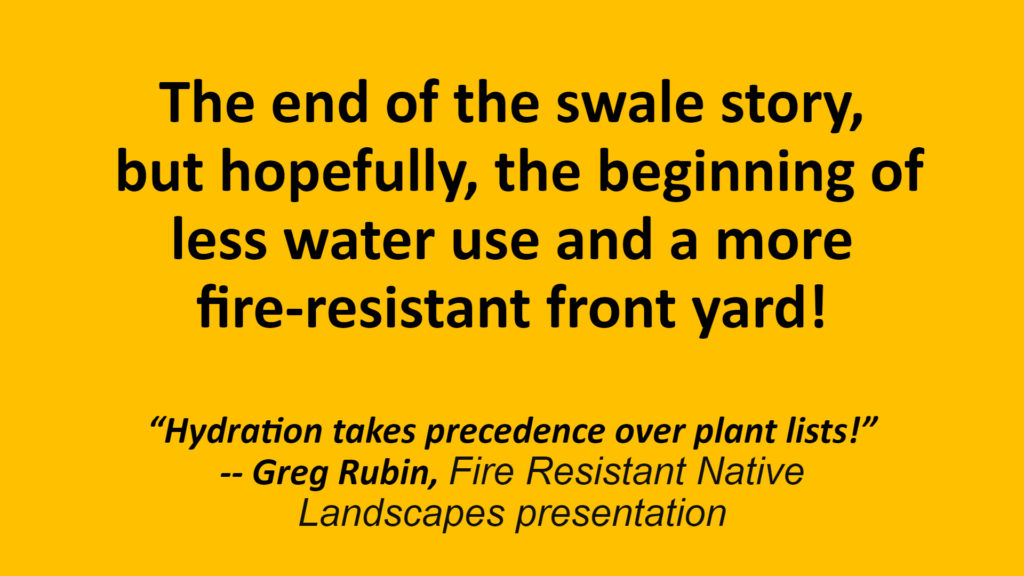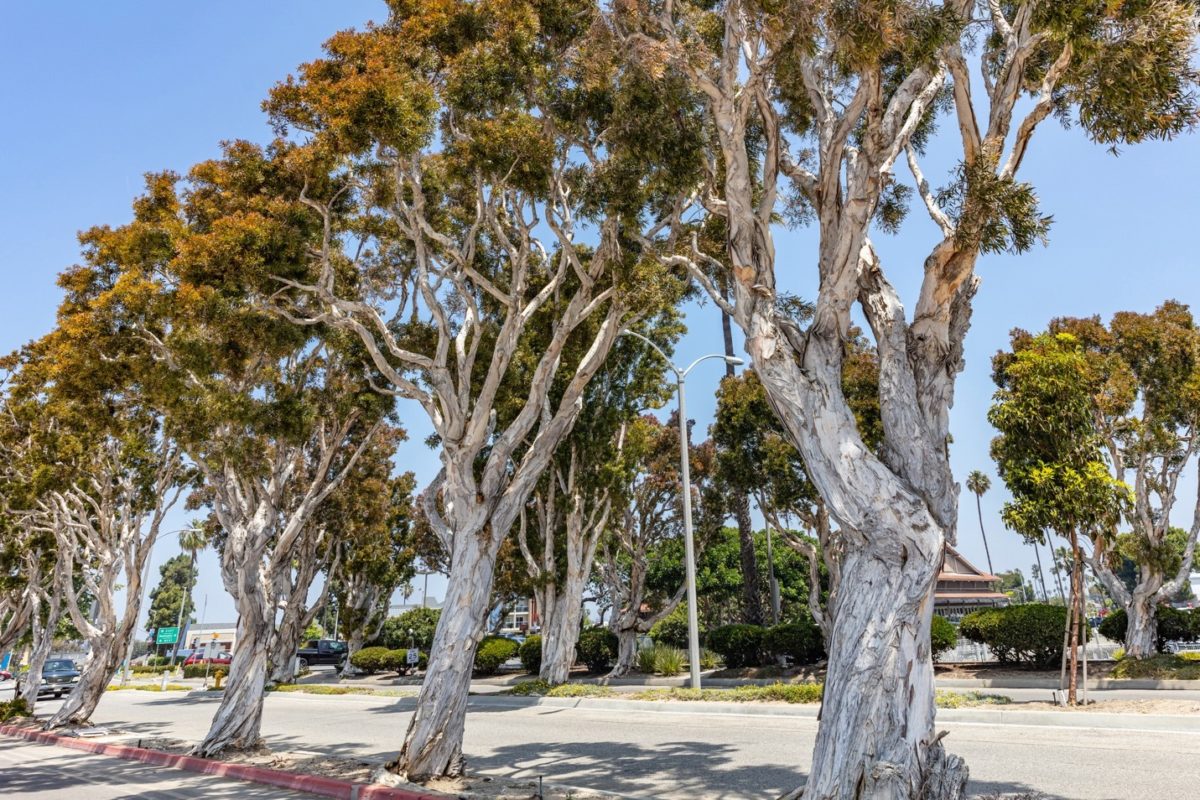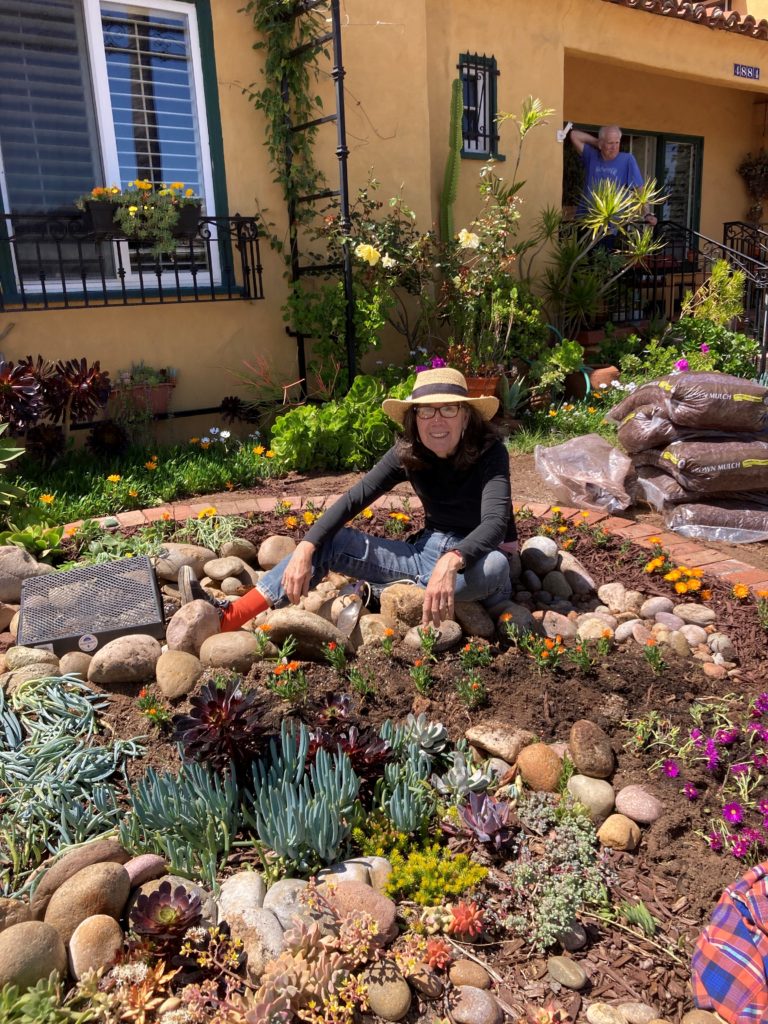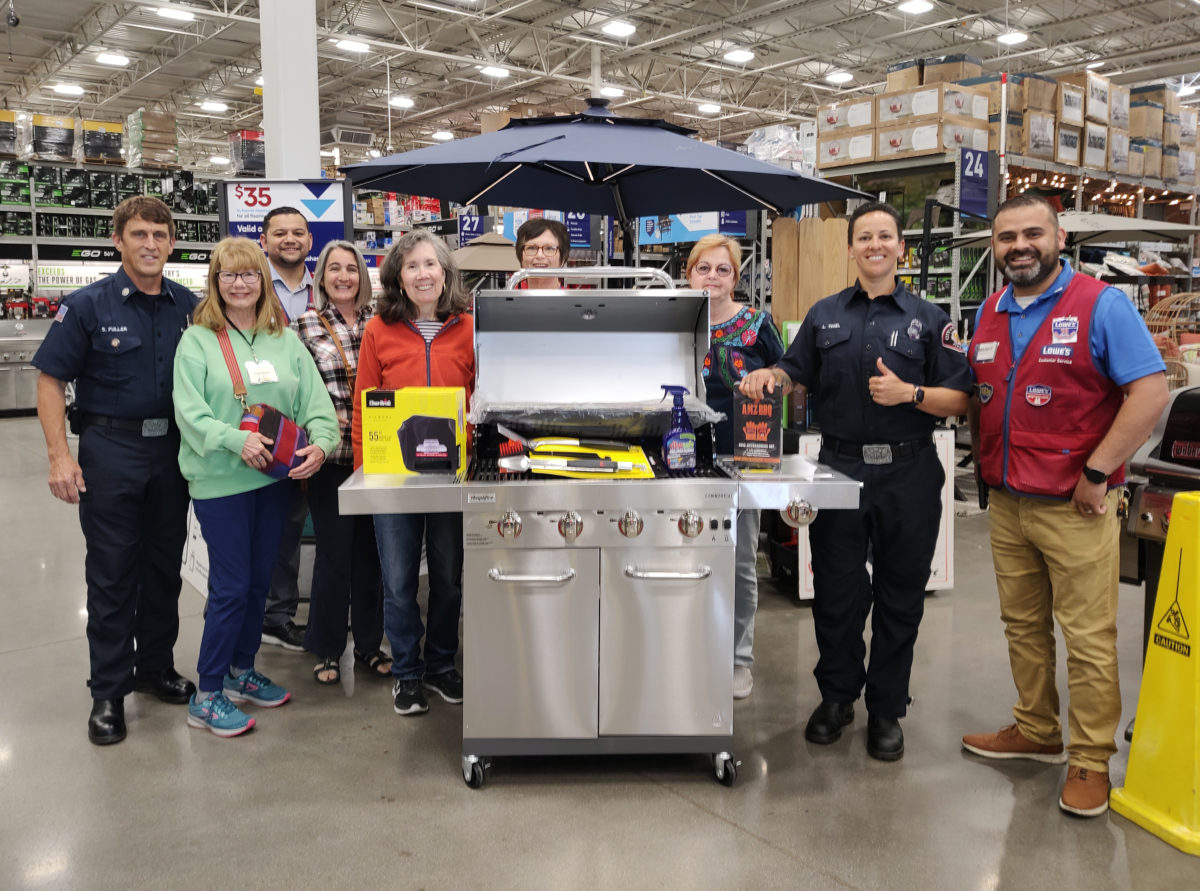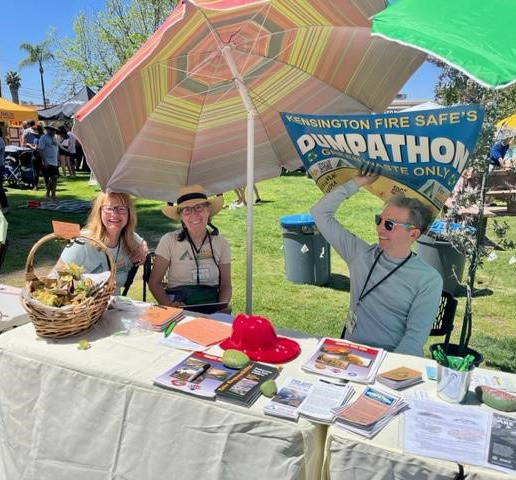“Fire-ey Questions …from Your Neighbors” article in the January 2024 edition of the MetroView.
By Judy Beust Harrington, Co-Chair, Kensington Fire Safe
Kensington’s fire safe council will share researched answers to inquiries from community members here. Please send your fire-related questions to info@kensingtonfiresafe.org. Pictures really appreciated too!
Q: From Kensington resident Cynthia Offenhauer: “Hi KFS! On daily trips from Kensington to Talmadge, I see so much overgrown brush around Aldine, Fairmount, and Montezuma – not only a fire hazard but in some areas, impossible to see entering or exiting traffic. Do you know the schedule for trimming some of this? Can’t we trim like Chula Vista is doing?
A: Cynthia – We’re sure you’re not alone in wondering about this. There’s likely both public and private property in these areas, although I suspect most of the area is public.
Public Property
We checked with the San Diego Fire Department in November and were told that crews were currently working in “Area 5” which includes a significant amount of land from Mission Hills to Montezuma, and north to Kearney Mesa, and covers Aldine, Fairmount and Montezuma canyons.
Parks and Recreation Open Space Project Officer, Laura Ball, clarified for us that brush management for open space work is actually overseen by their department. They focus on thinning and pruning public open spaces that are within 100 feet of a structure. I’m hoping that by the time you read this, some of that brush is gone.
There’s an online “Brush Management Schedule” which lists which areas are currently being targeted and a projected timeline for completion. https://www.sandiego.gov/sites/default/files/brushprioritymaplist.pdf

The phone number for questions on Open Space Brush Management is 619-685-1350.
No DIY on City Property
The City of San Diego initially charged a homeowner $53,000 for “cost recovery” for clearing brush in land behind their house, which turned out wasn’t their property but rather part of Los Peñasquitos Canyon Preserve. The charge was later re-negotiated. While the homeowner was apparently trying to make their house safer from wildfires, the city maintains – and our research concurs – far less fire-resistant, non-native species take over in cleared lands. So make sure that’s your backyard, before tackling overgrowth. https://hoodline.com/2023/07/san-diego-man-fined-53k-for-trimming-bushes-that-he-says-pose-fire-risk-to-his-property/
Private Land
Some parts of the canyons Cynthia mentions are likely private property – like the finger ones between Aldine and Adams. As of this writing, nine of those lots – 2.78 acres – are for sale and zoned for limited residential development.
San Diego Fire-Rescue Fire Prevention Bureau Message Line (619-533-4388) helps arrange engine and truck company inspections of private property. This can occur when there is a complaint, but they also conduct routine brush management inspections on homes in the high fire severity zones – which includes all this area. These door-to-door inspections primarily for canyon rim homes are done every few years. Kensington area was inspected early in 2023. The online “Open Boundary Map” shows where these assessments are currently in process. https://www.sandiego.gov/sites/default/files/boundary_map_sept_2023
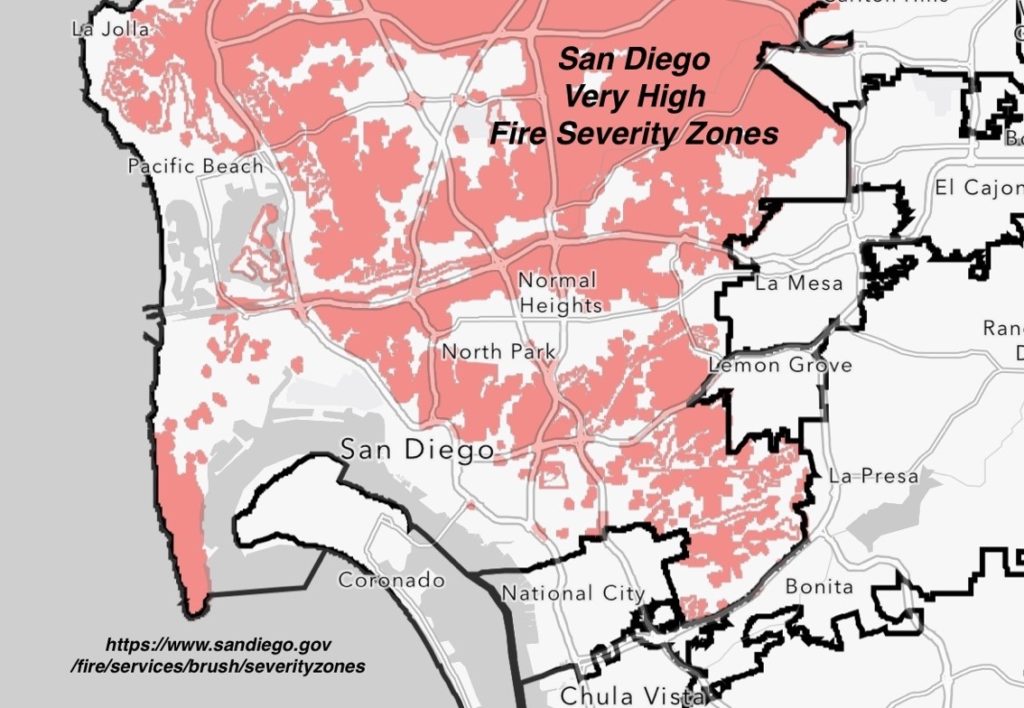
When requested to do an inspection for a pending house sale, the department charges $118. (http://www.sandiego.gov/sites/default/files/legacy/fire/pdf/brushpdf.pdf)
Fire Safety Champions: Chula Vista?
Using a FEMA grant, Chula Vista did massive excess brush thinning and removal in some of their finger canyons, as explained by Fire Captain Andy Wilson on our local NBC news. The plan is to develop a dedicated team to do this, funded by a sales tax increase approved by voters in 2016.
San Diego already has dedicated Parks and Rec Dept. but does also engage contractors to help cover most of our open space. However, a number of agencies are also responsible for some areas. You can learn more details in the Brush Management Audit was that was recently approved by City Council. (See https://www.sandiego.gov/sites/default/files/24-01_performance_audit_of_the_citys_brush_mgmt_city_owned_land.pdf
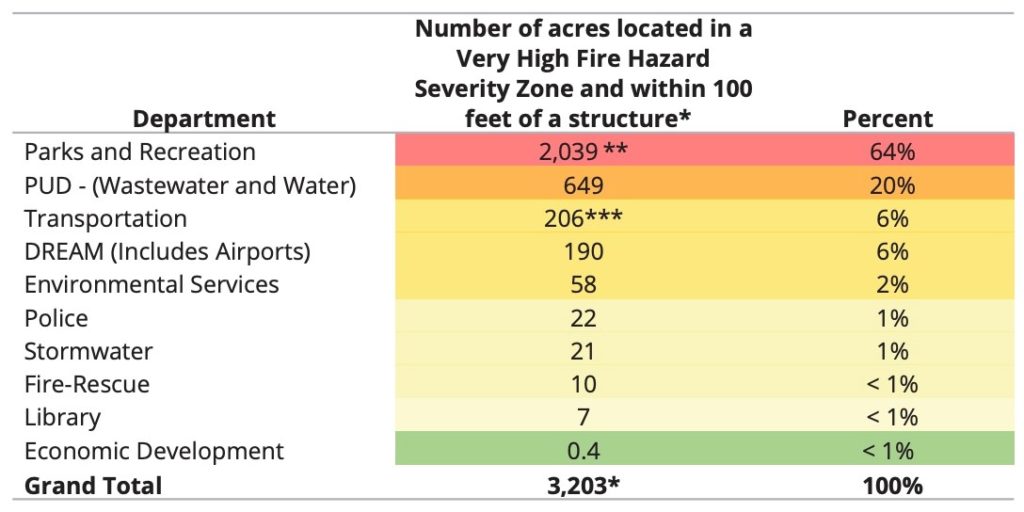
From Performance Audit of the City’s Brush Management on City Owned Land, July 2023
By the Fire Safe Way…
Density-Danger & Insurance: KFS and others continue to be concerned with ADU apartment buildings going up in canyon rim communities. After much research, we’re convinced added ADU apartment density is going to further the already high cost and low availability of insurance for homeowners and renters in ADU and the adjacent blocks as well.
We’ve asked that, prior to granting higher density permits in these canyon rim areas, state and city officials consider, #1 requiring some investigation of insurance availability for the new ADU apartment building, #2 pro-active notice to nearby neighbors of the permit application, and #3 the opportunity for local community input. Please make your voices heard if you agree.
Free Home Assessments: Fire Safe Council of San Diego County is now accepting applications for their free Home Assessment Program This includes trained staff looking at your property’s vulnerability to wildfire and ember ignition along with resilience recommendations for you to consider. Applications to sign up will be available in January, 2024. More info at: https://firesafesdcounty.org/hap/
